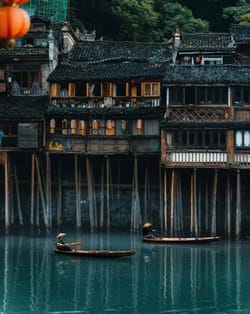On this page
The Silk Road, a vast network of ancient trade routes, served as the bridge between East and West for centuries. In China, the Silk Road begins in the historic city of Xi'an and stretches westward, passing through dramatic landscapes and cultural heartlands before reaching the borders of Central Asia.
This journey offers travelers a unique opportunity to explore China's rich history, diverse cultures, and breathtaking scenery.
Xi'an (西安): The Ancient Capital
Xi'an, the starting point of the Silk Road, is surrounded by the rolling hills of the Qinling Mountains and the expansive Loess Plateau. As a city that has seen the rise and fall of several dynasties, Xi'an is a treasure trove of historical sites and ancient architecture.
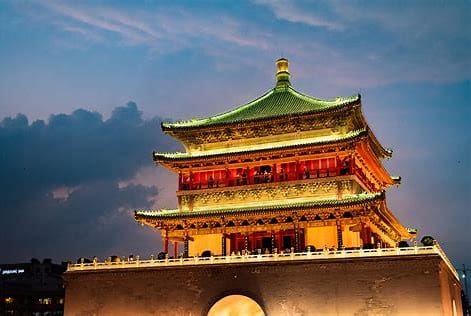
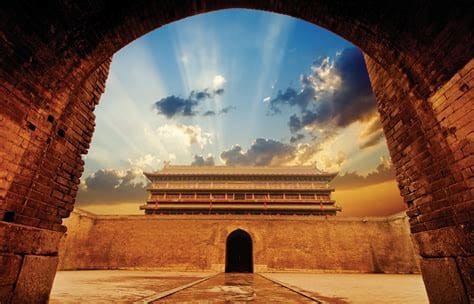
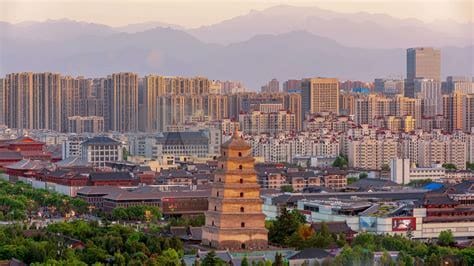
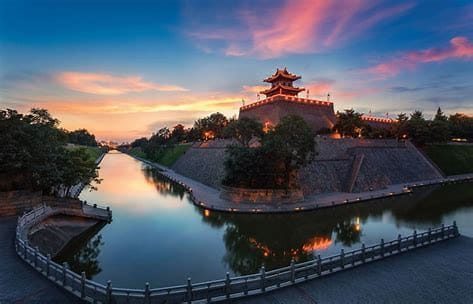
Tourist Attractions:
- Terracotta Army (兵马俑): Unearthed near the tomb of Emperor Qin Shi Huang, this army of life-sized terracotta soldiers is one of the most significant archaeological discoveries of the 20th century.
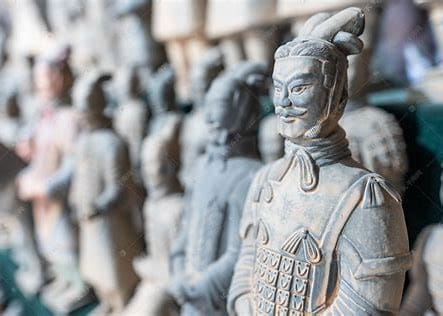
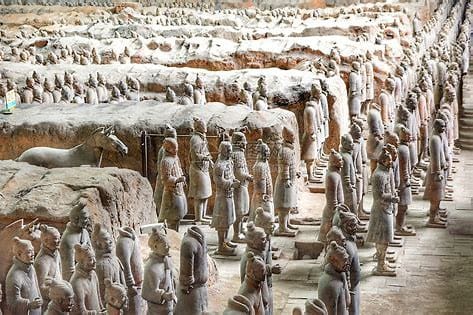
- Big Wild Goose Pagoda (大雁塔): A towering Buddhist pagoda that played a key role in the spread of Buddhism along the Silk Road.
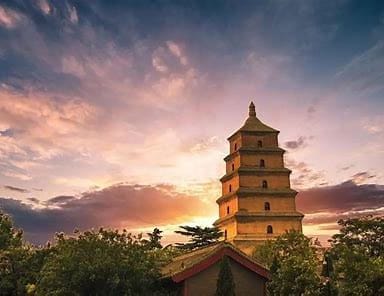
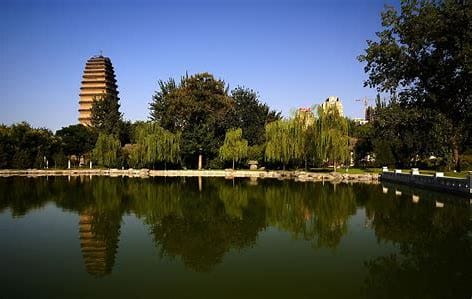
- Xi'an City Wall (西安城墙): One of the oldest and best-preserved city walls in China, offering a scenic walk or bike ride with views of the ancient city.
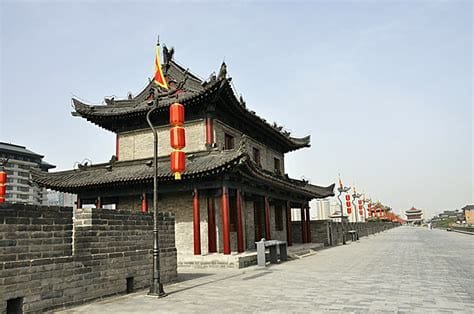
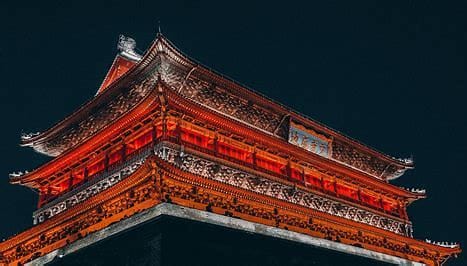
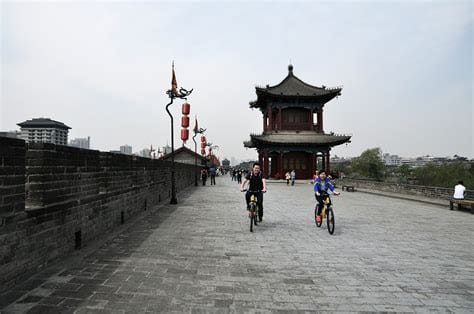
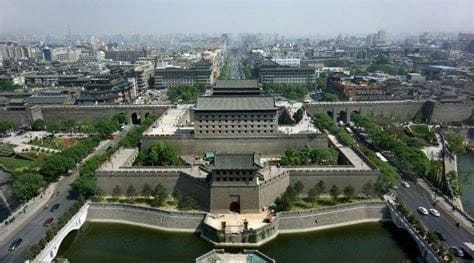
Food:
- Roujiamo (肉夹馍): A flavorful Chinese sandwich filled with slow-cooked pork or lamb, often enjoyed with a bowl of local soup.
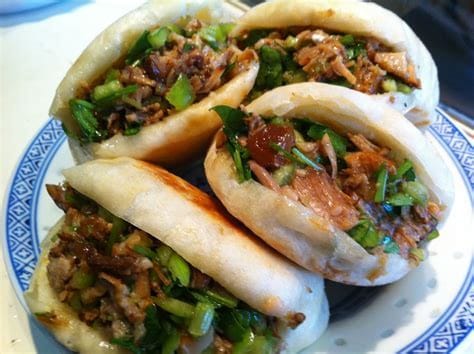

- Yangrou Paomo (羊肉泡馍): A hearty dish of crumbled flatbread soaked in a rich lamb broth, served with pickled garlic and chili paste.
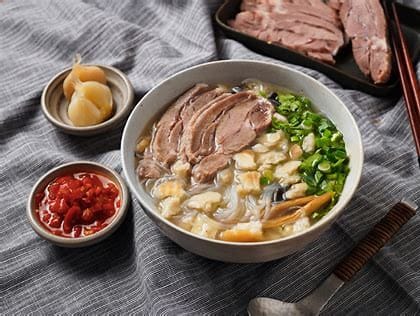

Lanzhou (兰州): The Gateway to the West
Lanzhou, situated along the banks of the Yellow River, is the gateway to the western regions of China. The city is known for its dramatic landscapes, including the towering mountains that frame the river and the arid Gobi Desert to the north.

Tourist Attractions:
- Gansu Provincial Museum(甘肃博物馆): A must-visit for history enthusiasts, this museum houses artifacts from the Silk Road, including ancient pottery, textiles, and Buddhist relics.
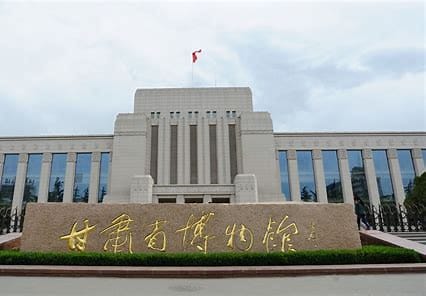
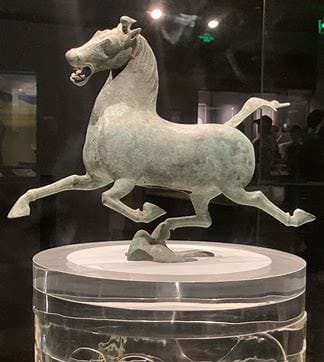
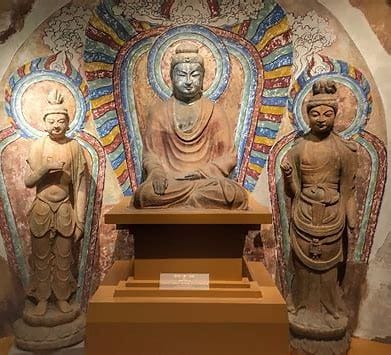
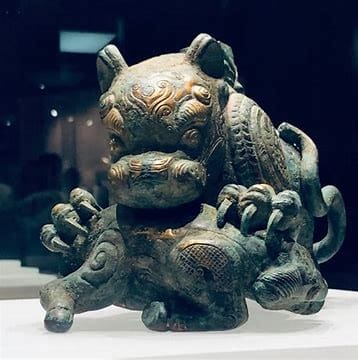
- Zhongshan Bridge (中山桥): Known as the "First Bridge Over the Yellow River," this historic iron bridge is a symbol of Lanzhou and offers picturesque views of the river.

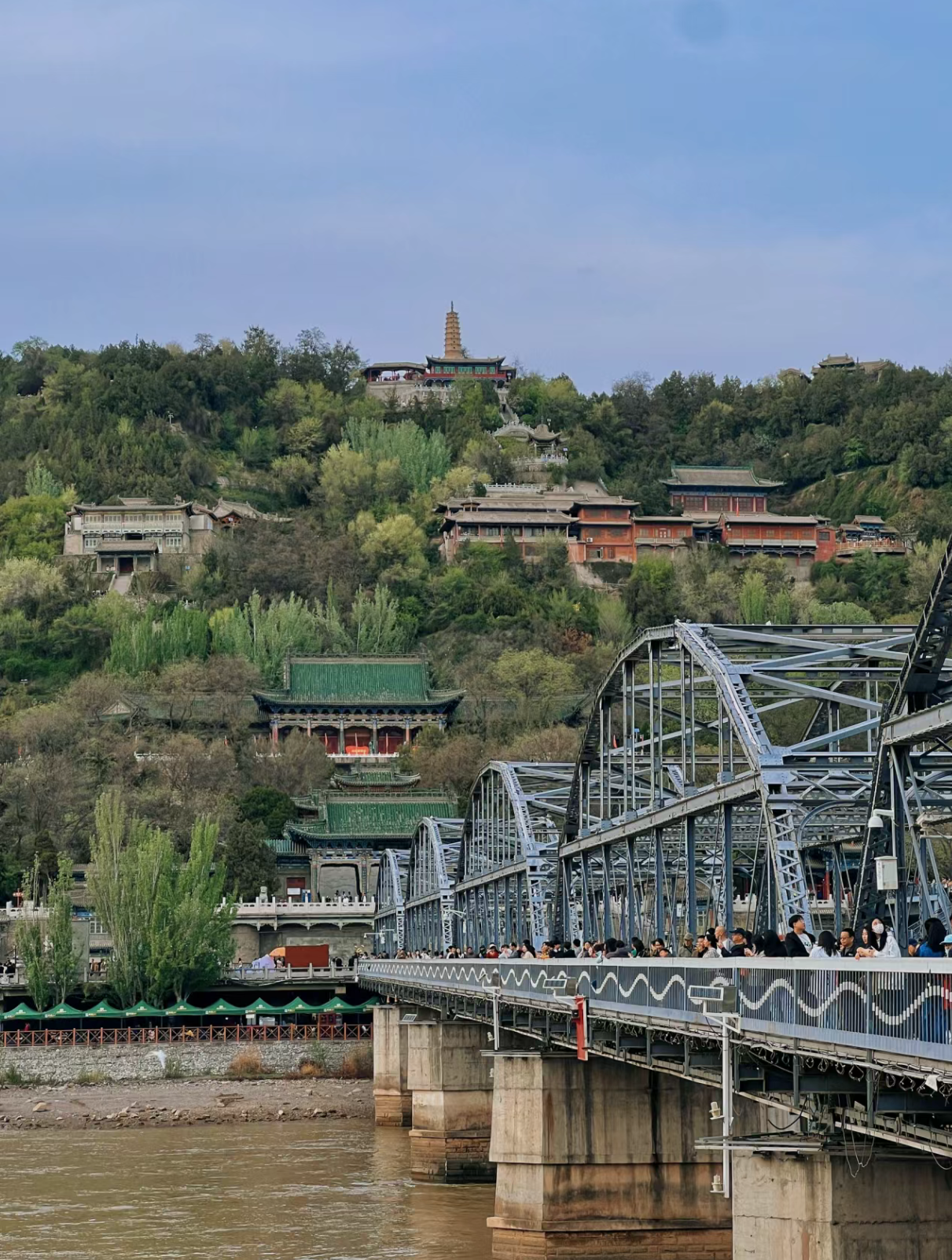
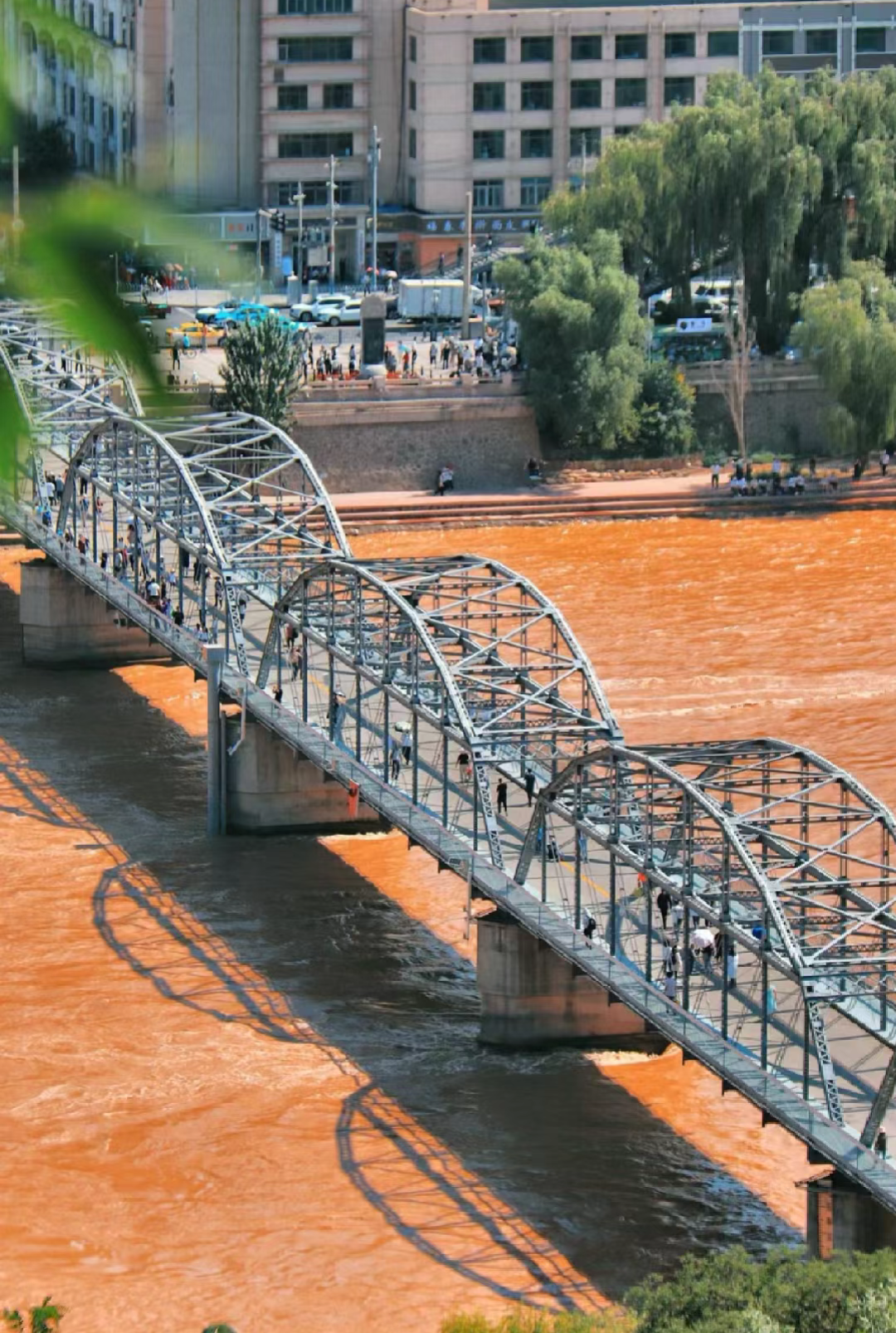
- White Pagoda Mountain (白塔山): A scenic spot offering panoramic views of Lanzhou and the surrounding mountains, with a historic pagoda perched on its peak.
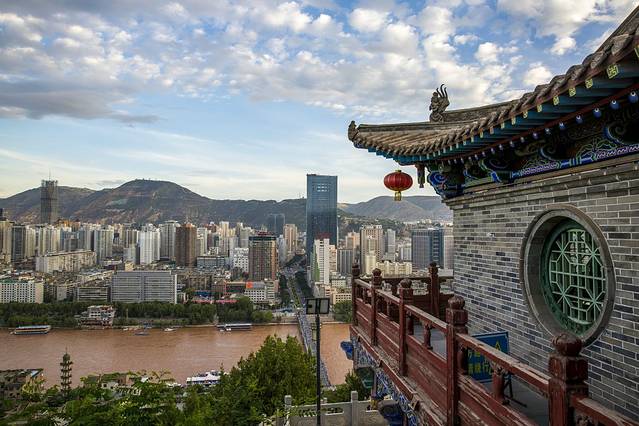
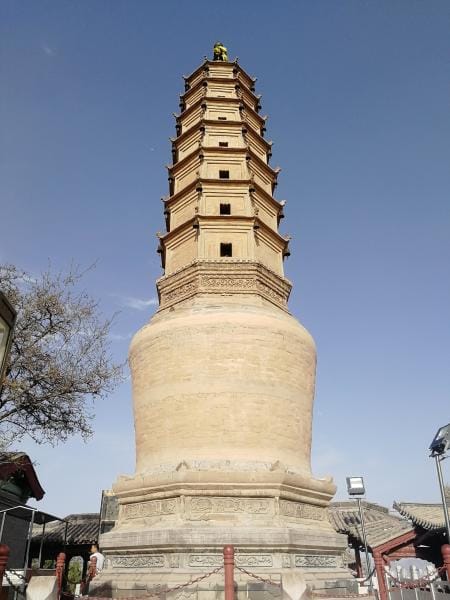
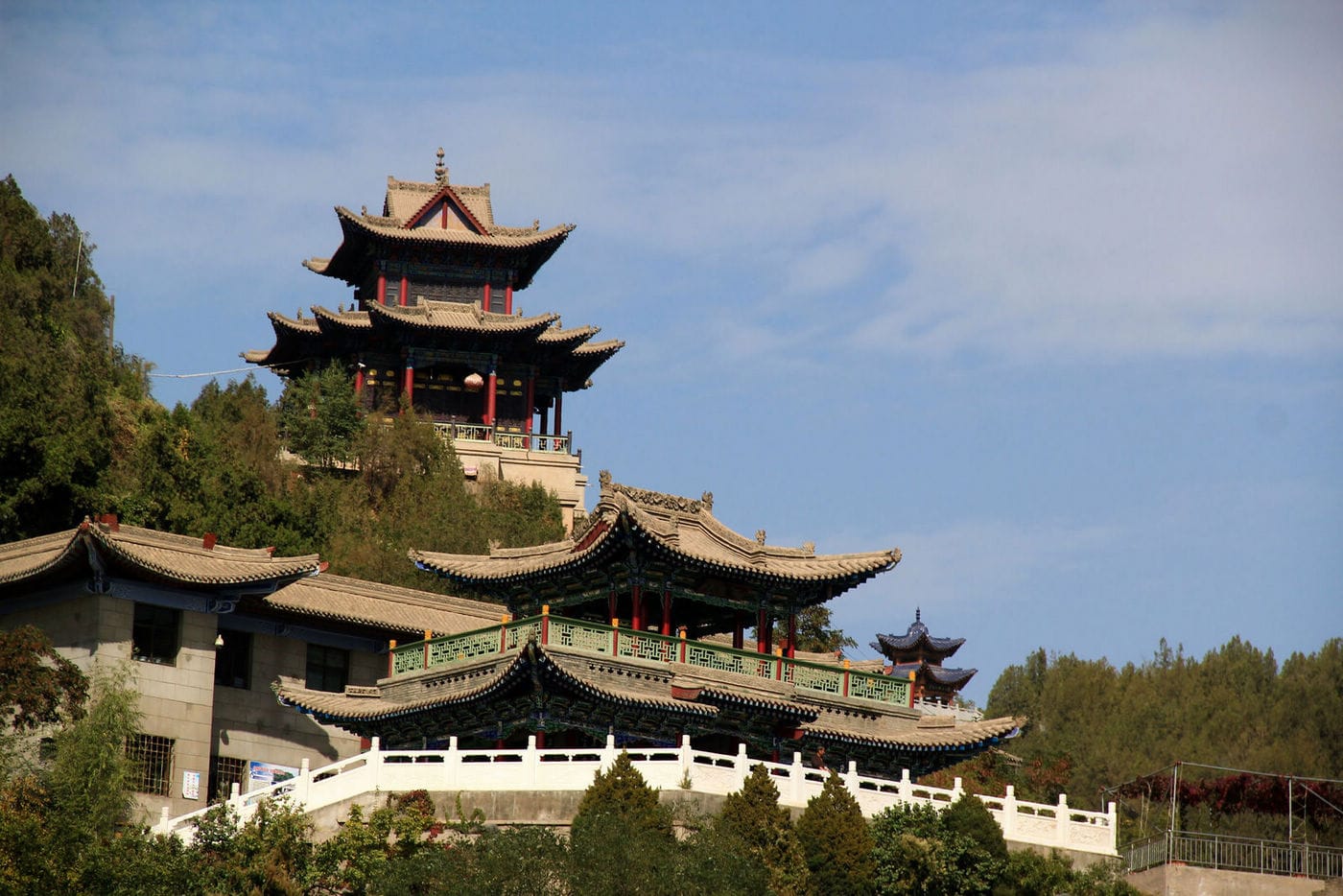
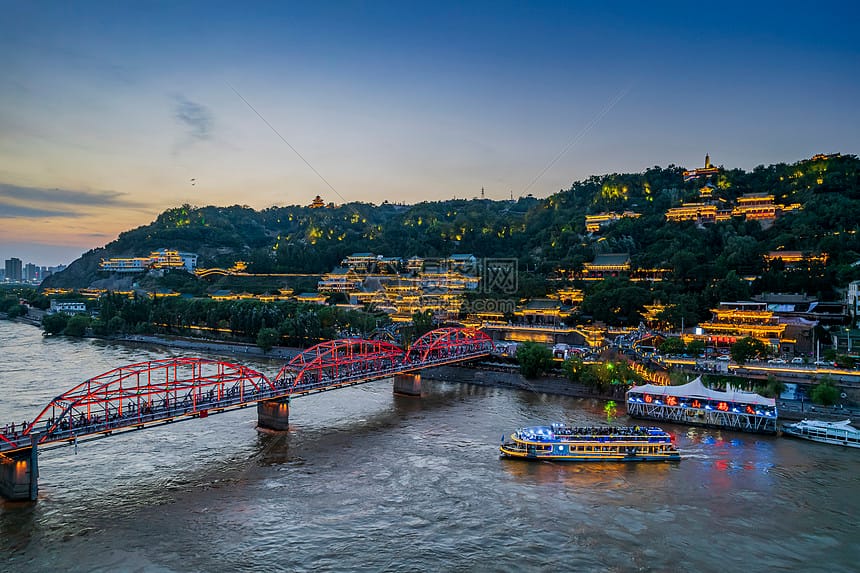
Food:
- Lanzhou Beef Noodles (兰州牛肉面): A national favorite, these hand-pulled noodles are served in a clear, flavorful beef broth and topped with tender slices of beef, radish, and fresh herbs.
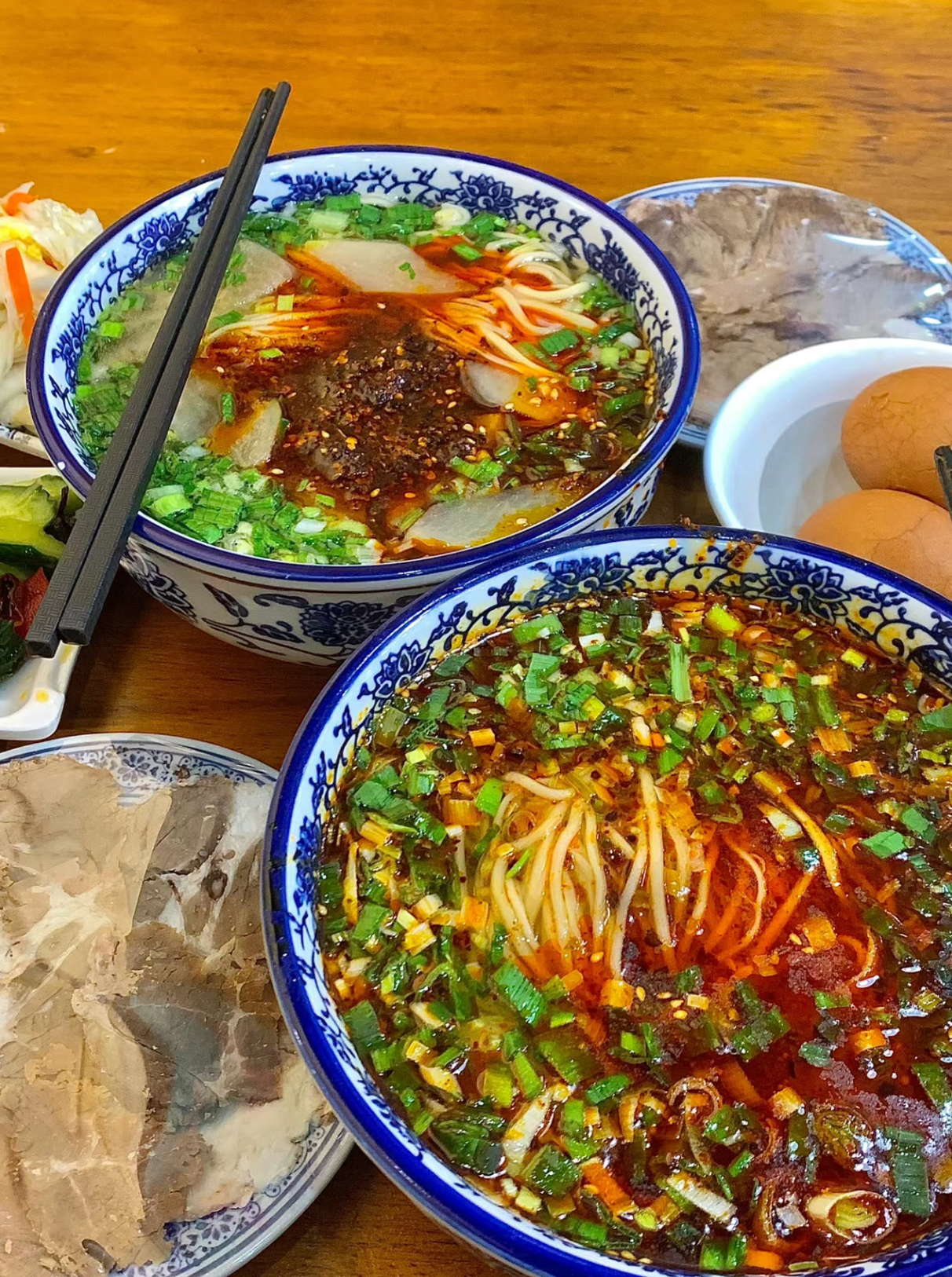
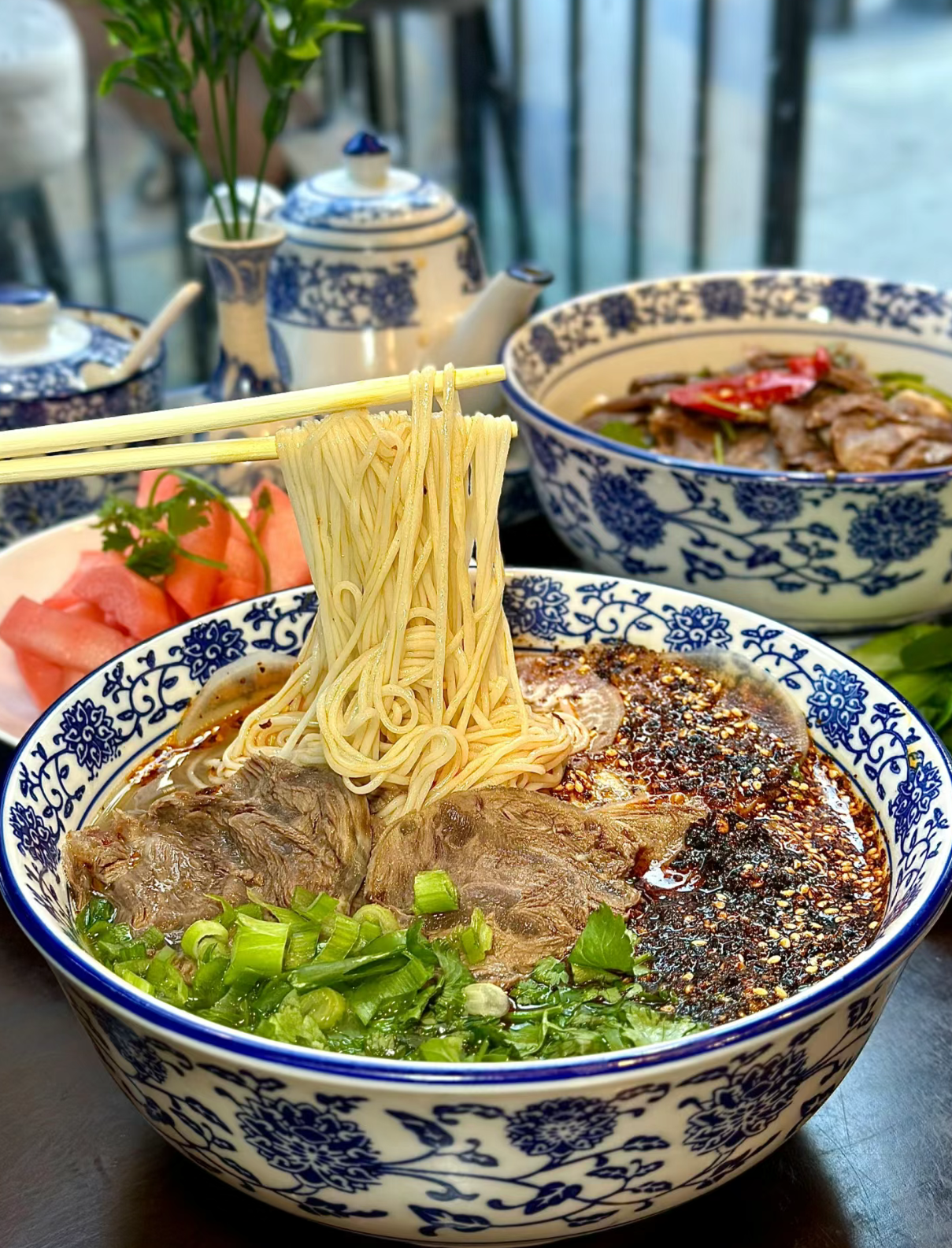
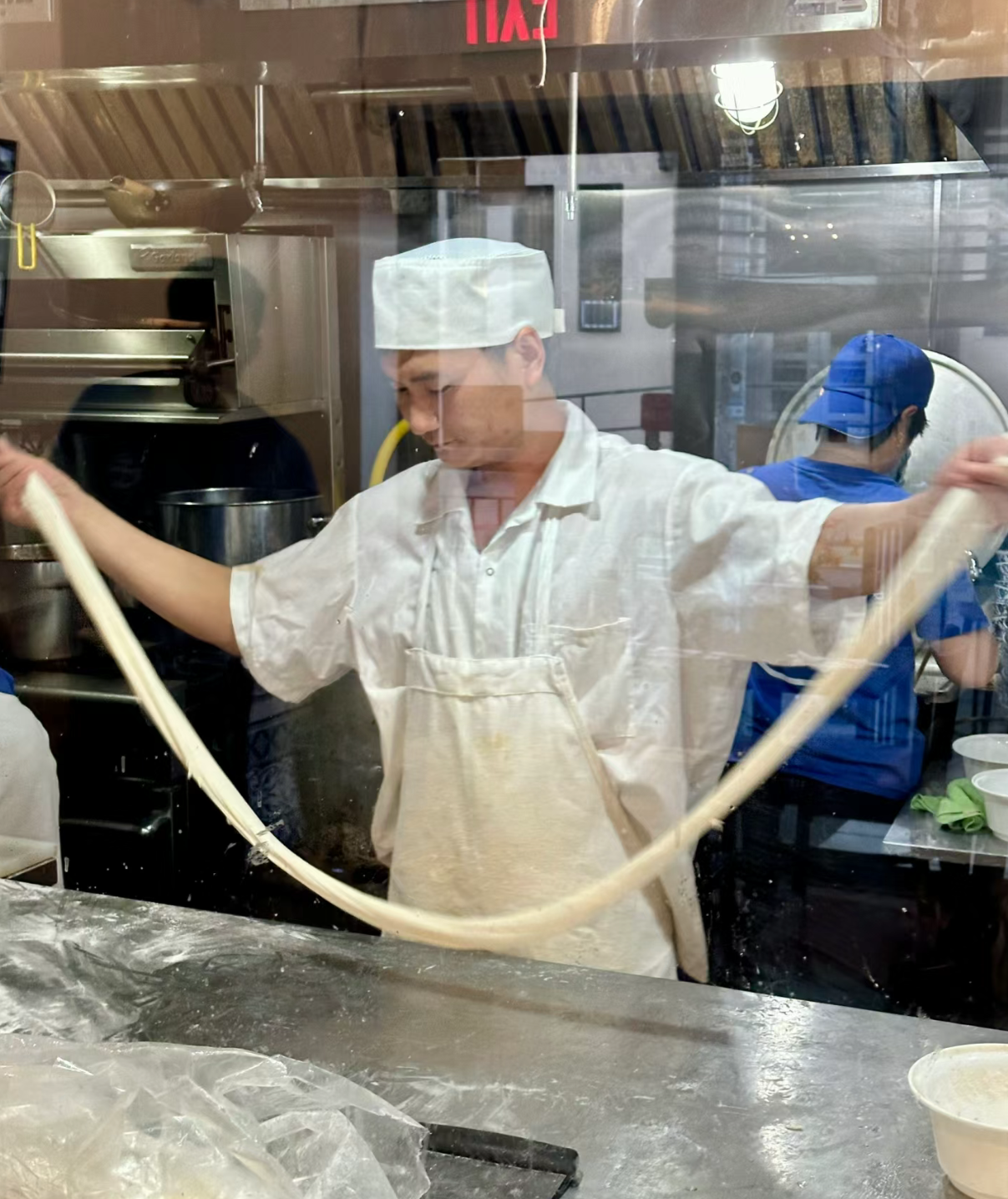
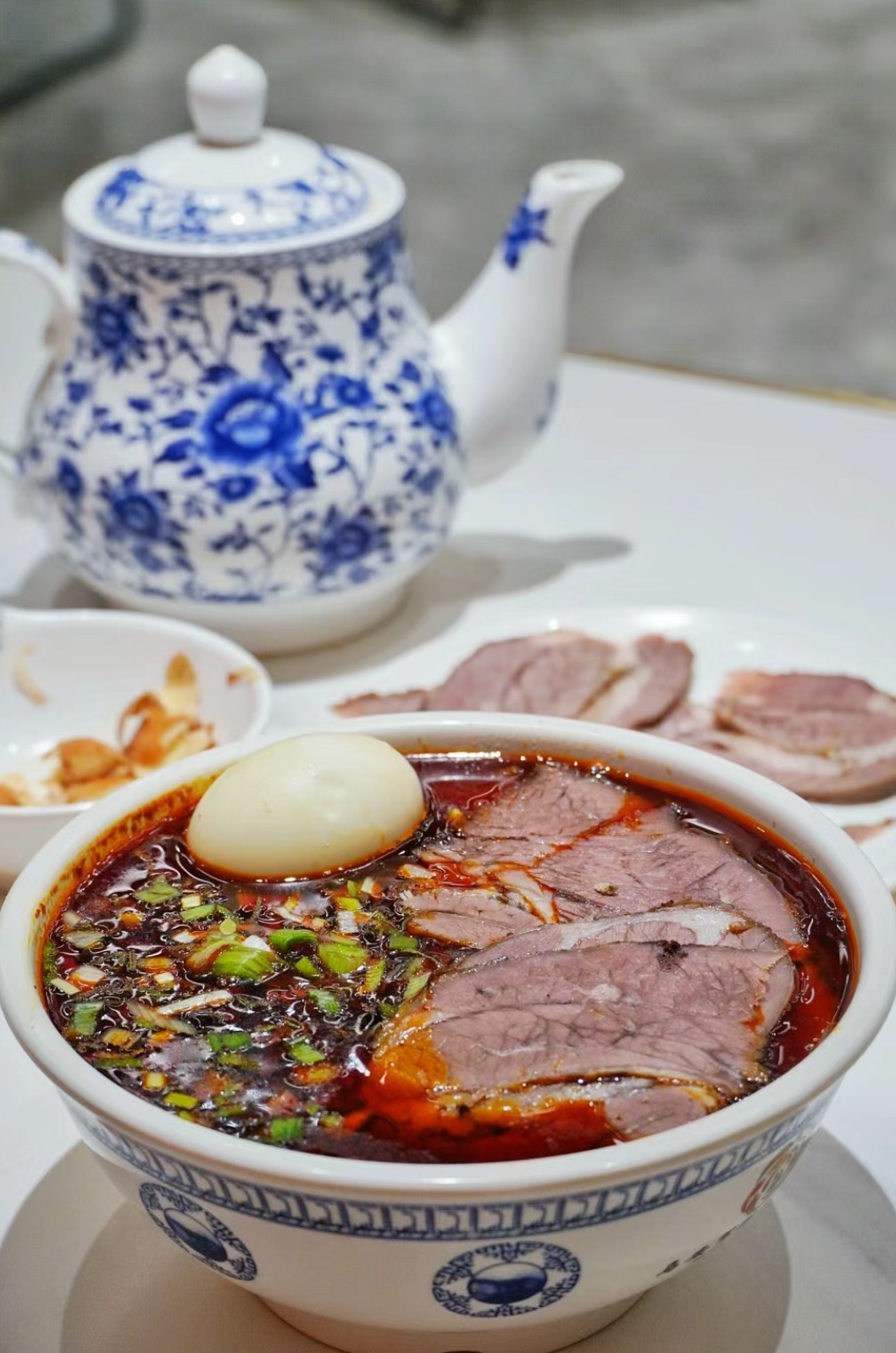
- Zhengzhou Lamb Skewers (羊肉串): Skewered and grilled over an open flame, these spiced lamb kebabs are a popular street food in Lanzhou.
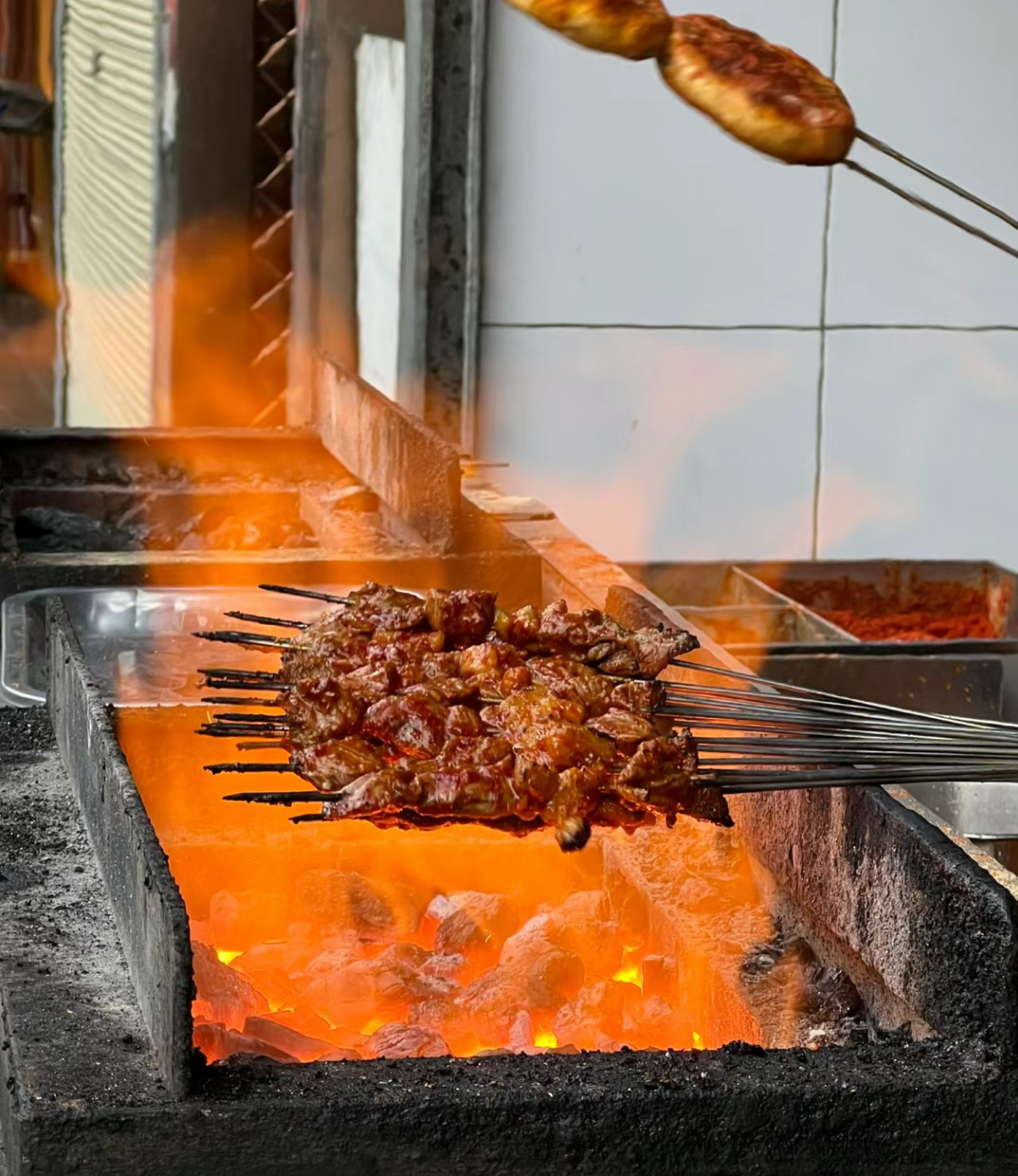
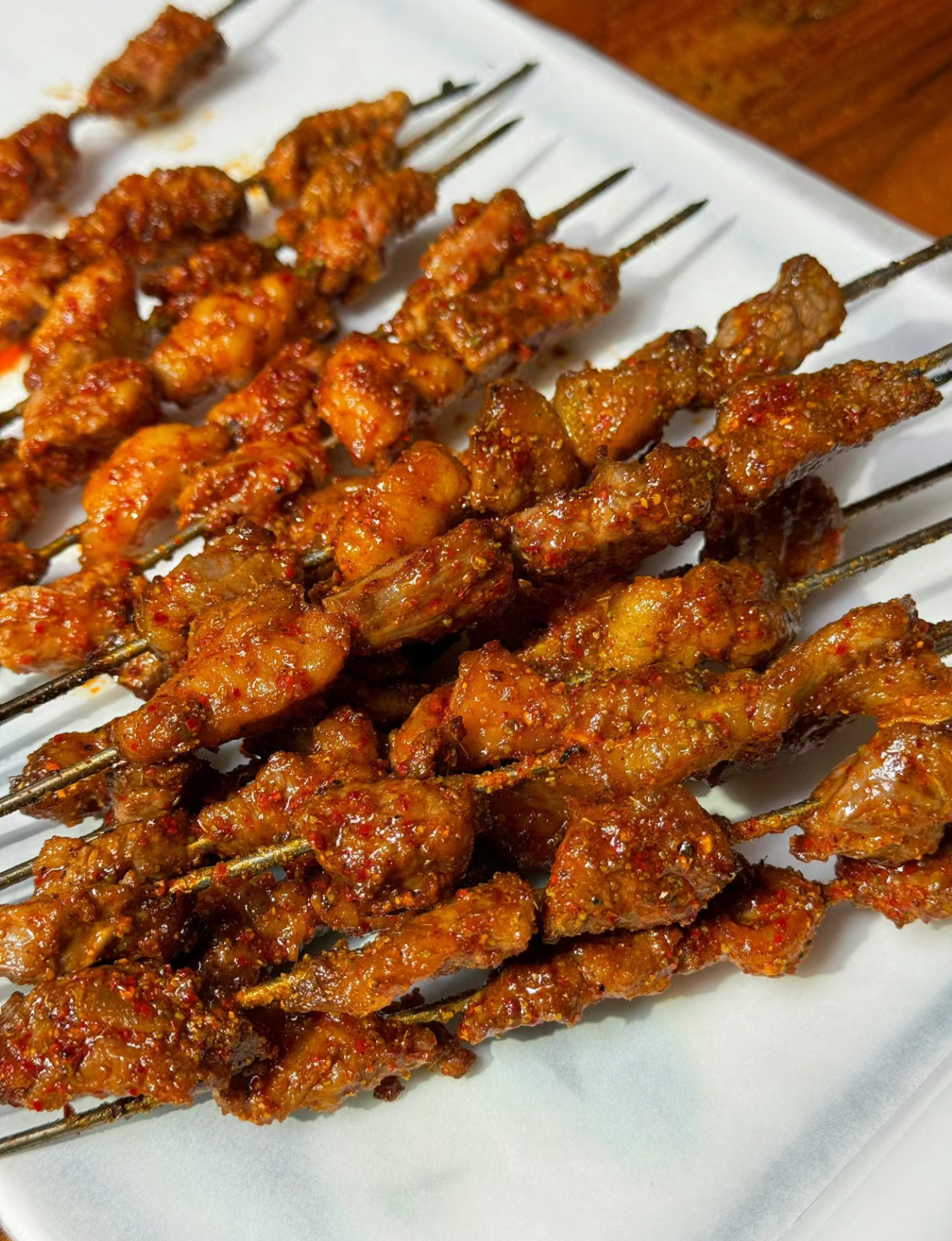

Dunhuang (敦煌): The Desert Oasis
Dunhuang, an ancient oasis town on the edge of the Gobi Desert, is famous for its stunning desert landscapes and rich cultural heritage. The vast sand dunes and serene crescent-shaped lakes create a surreal and otherworldly atmosphere.

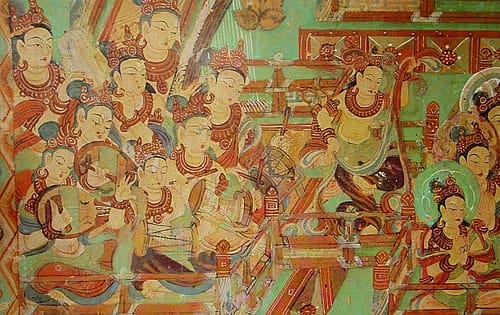
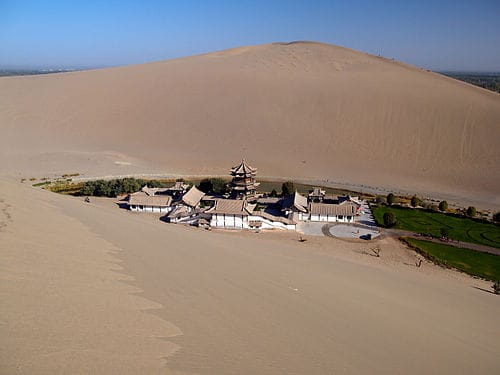
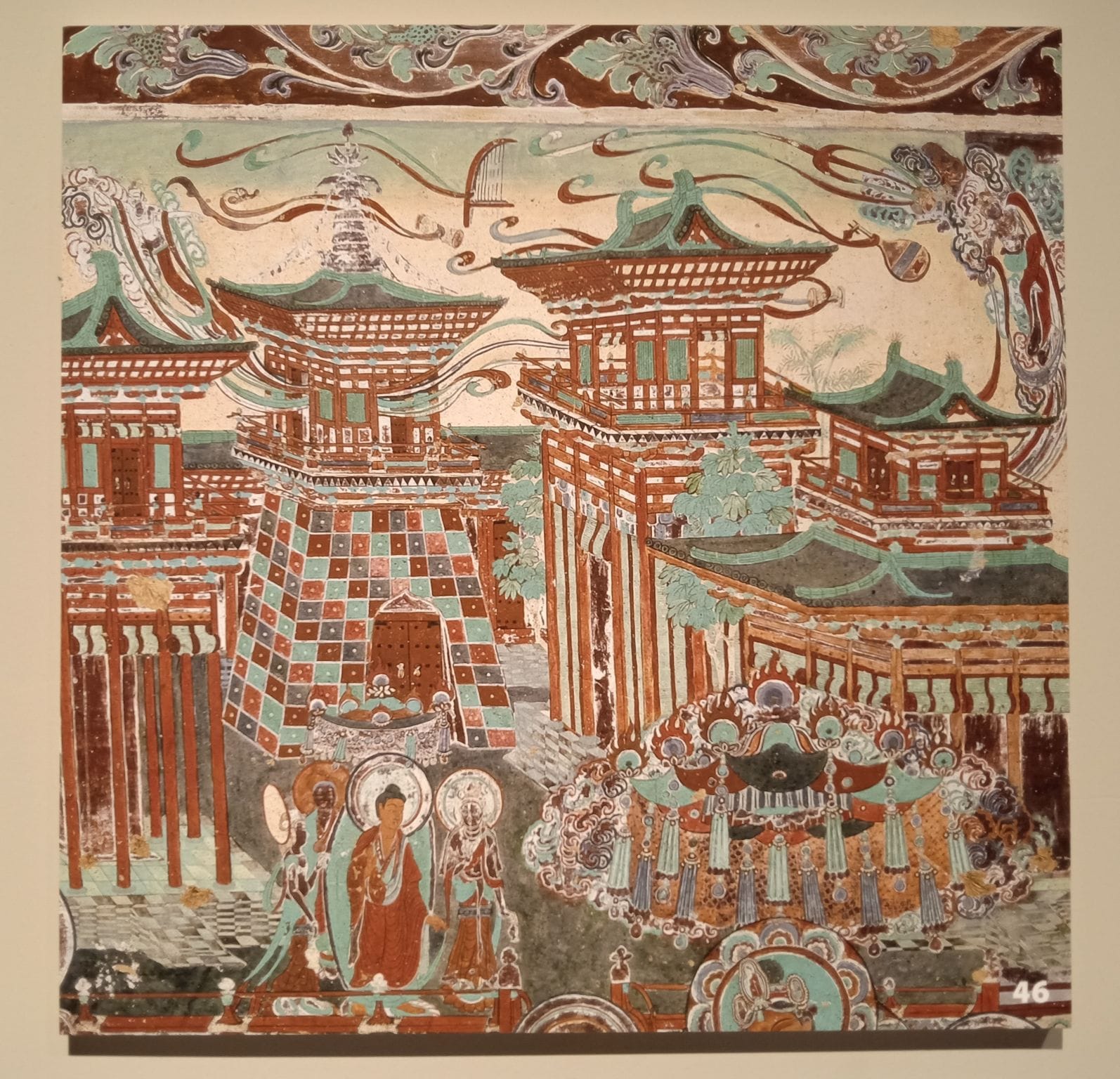

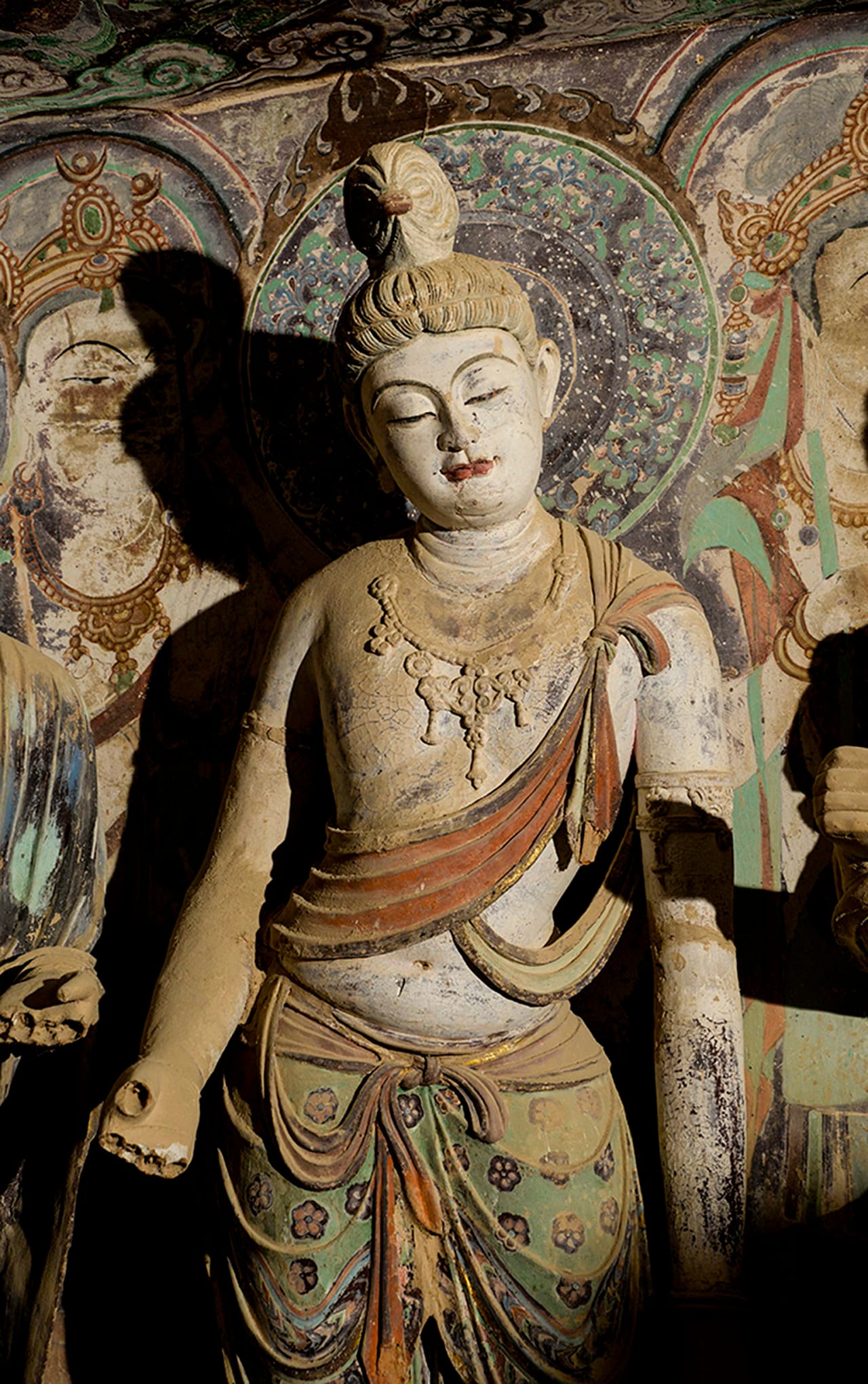
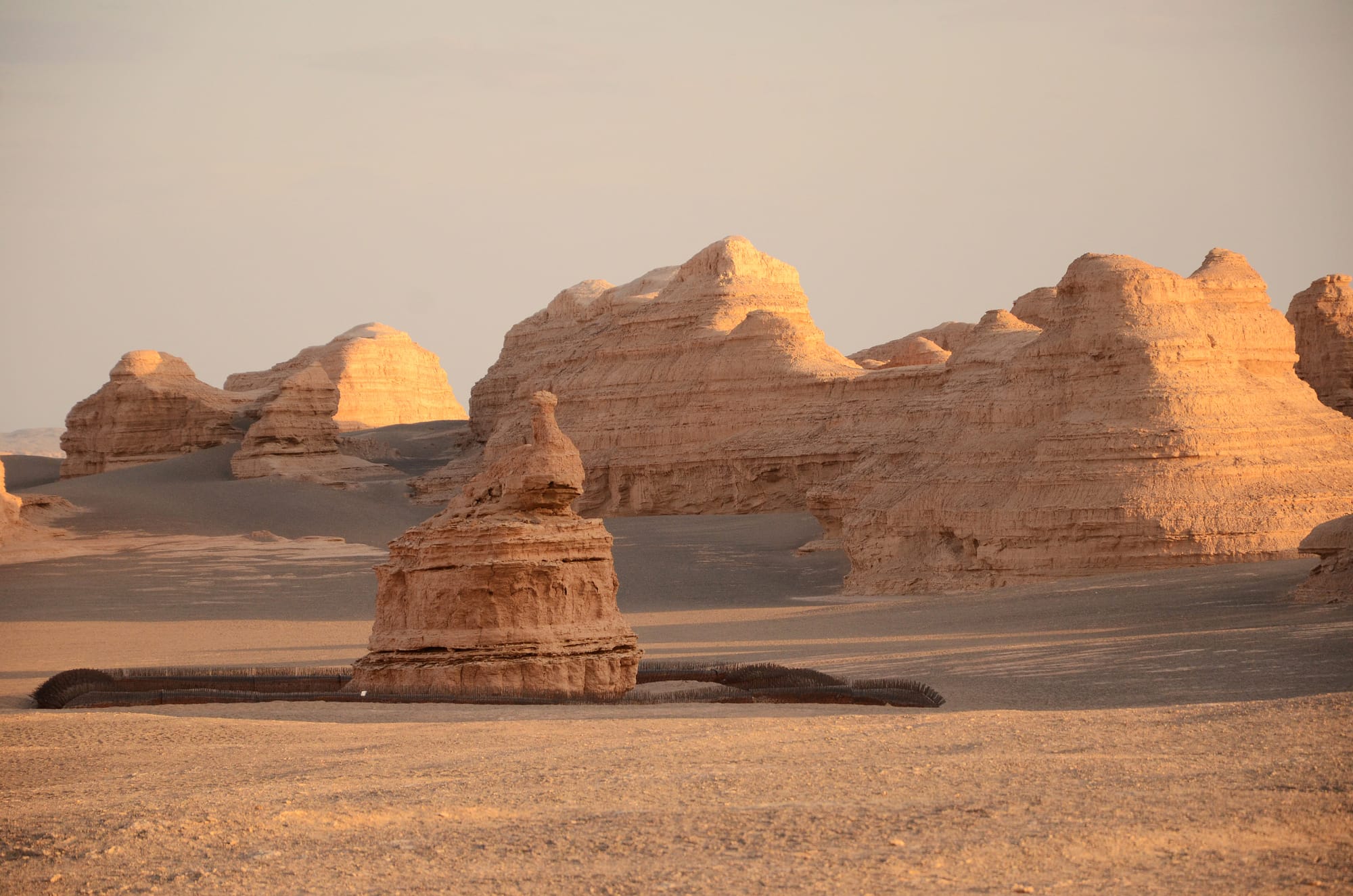
Tourist Attractions:
- Mogao Caves (莫高窟): Also known as the "Caves of the Thousand Buddhas," these ancient grottoes are filled with exquisite Buddhist art and murals that date back over a thousand years.
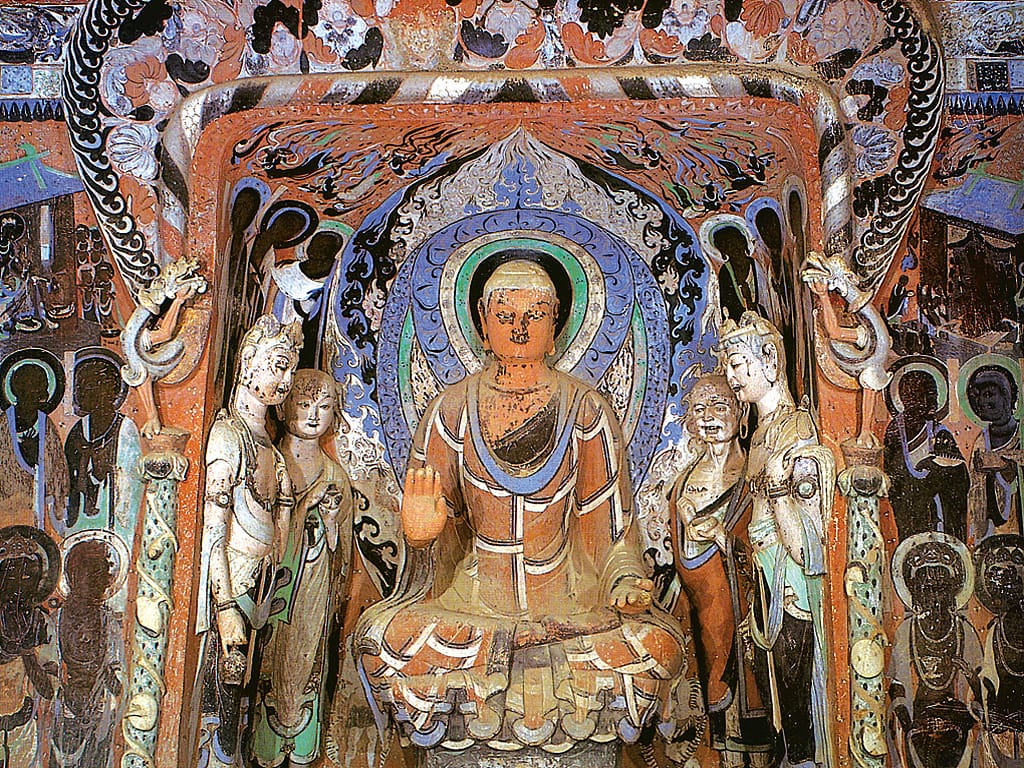
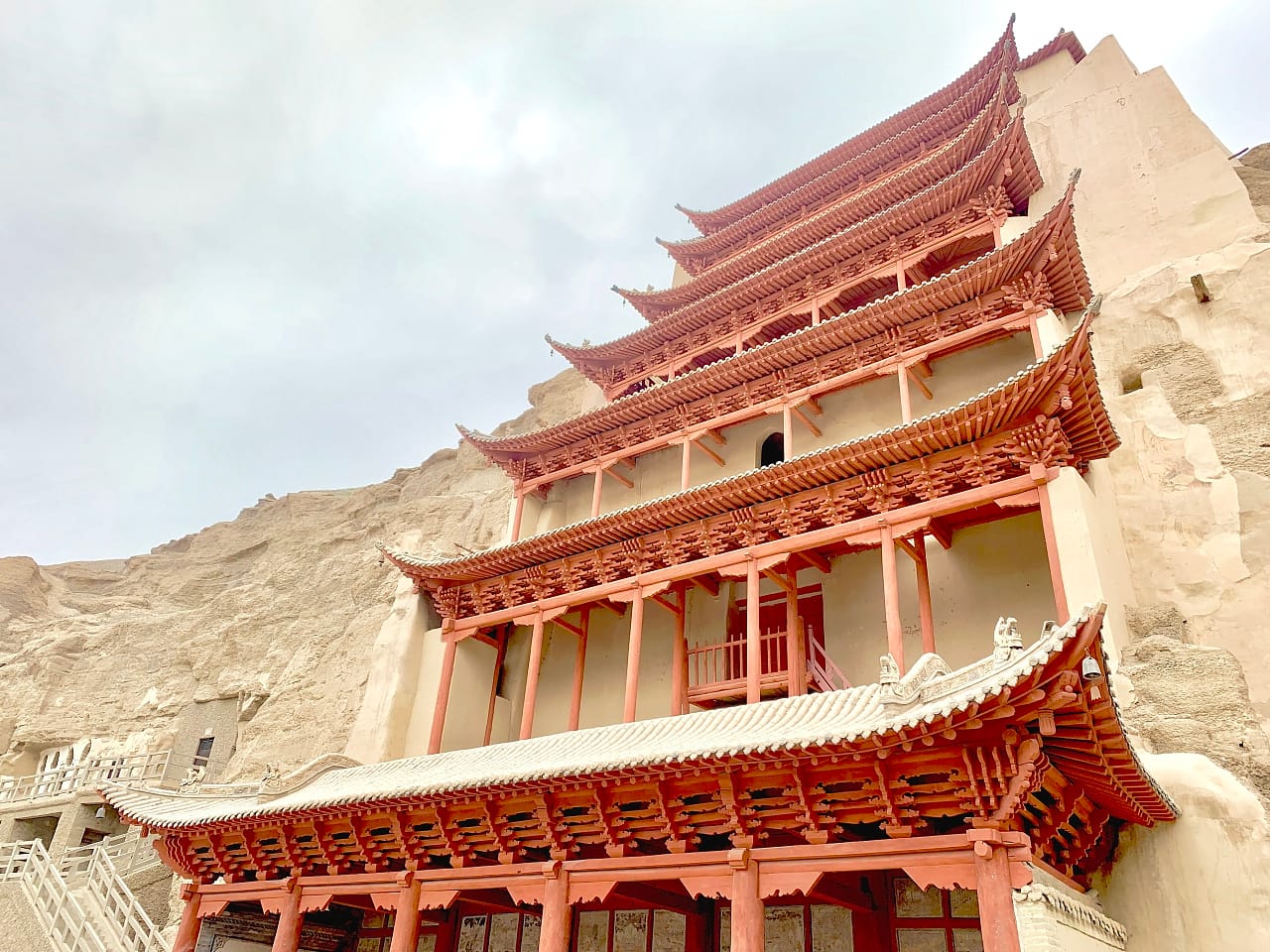
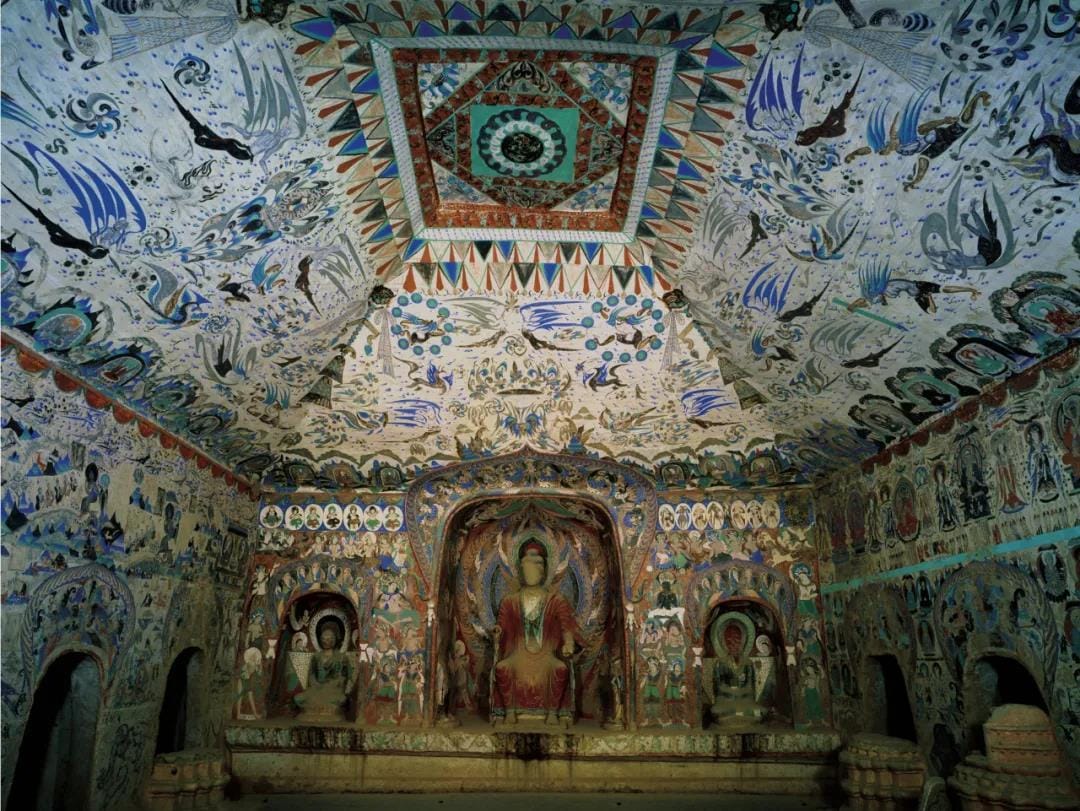
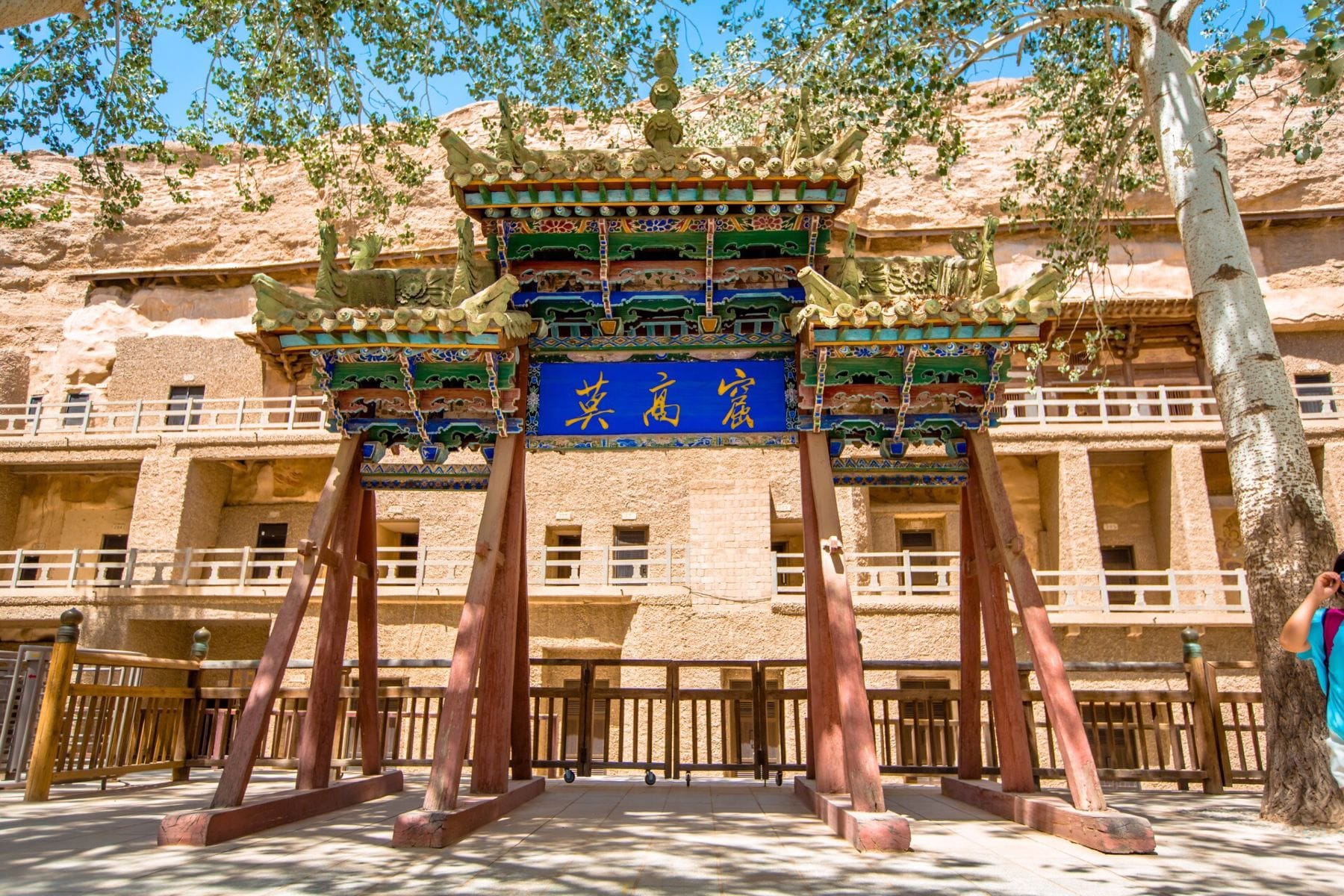
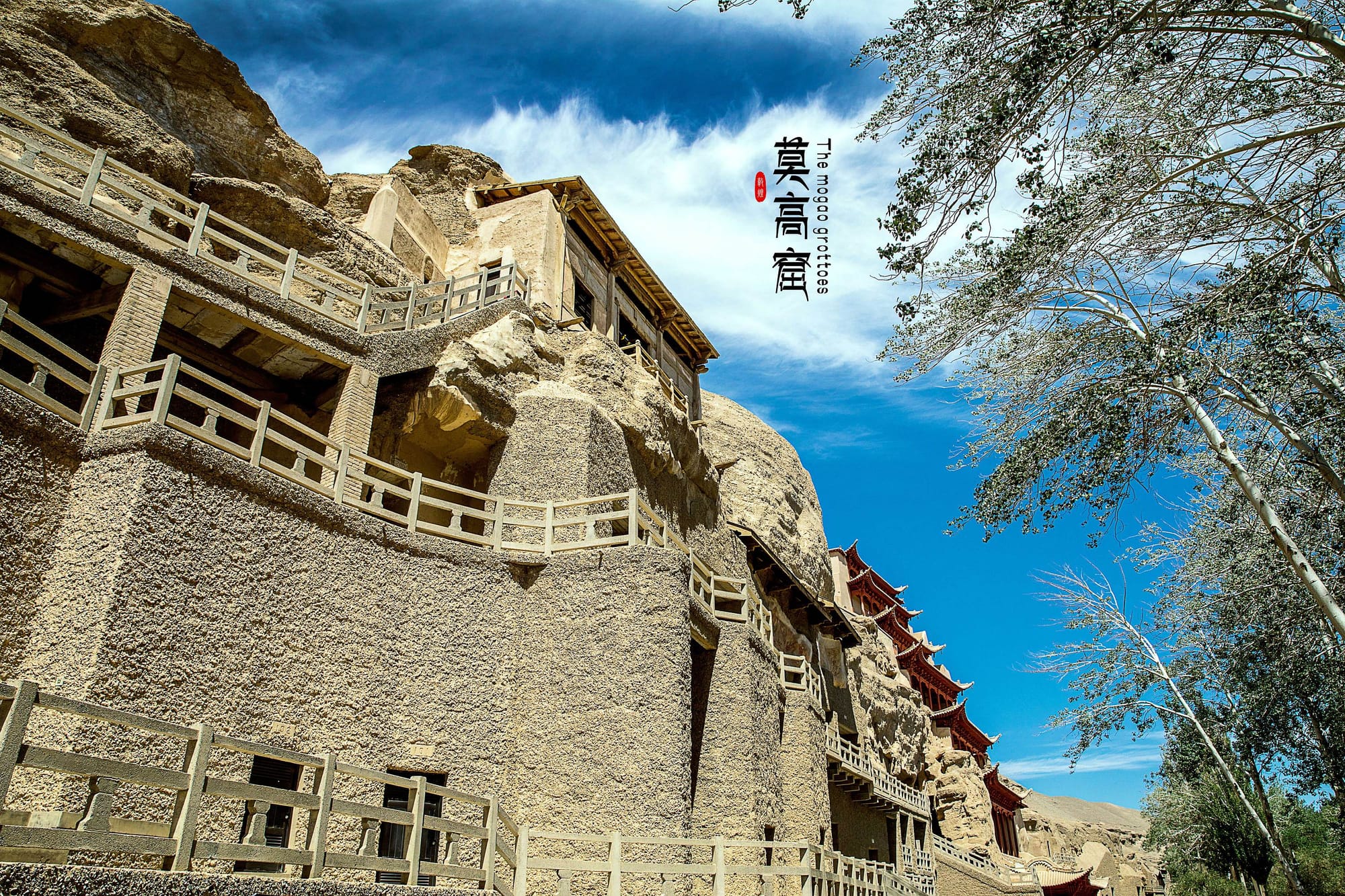
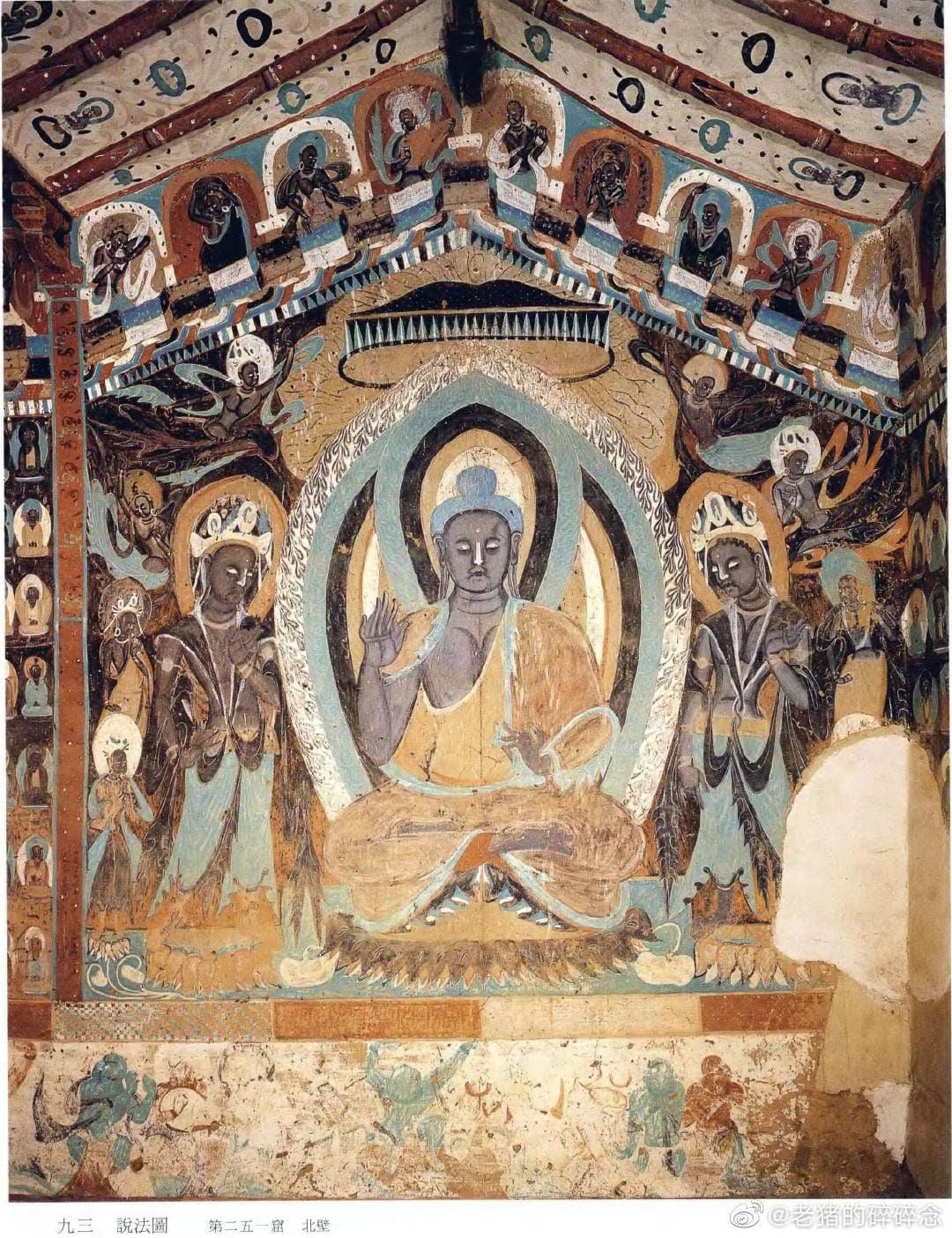
- Crescent Lake (月牙湖): A natural spring surrounded by towering sand dunes, this crescent-shaped lake has been a vital source of water for travelers and locals for centuries.
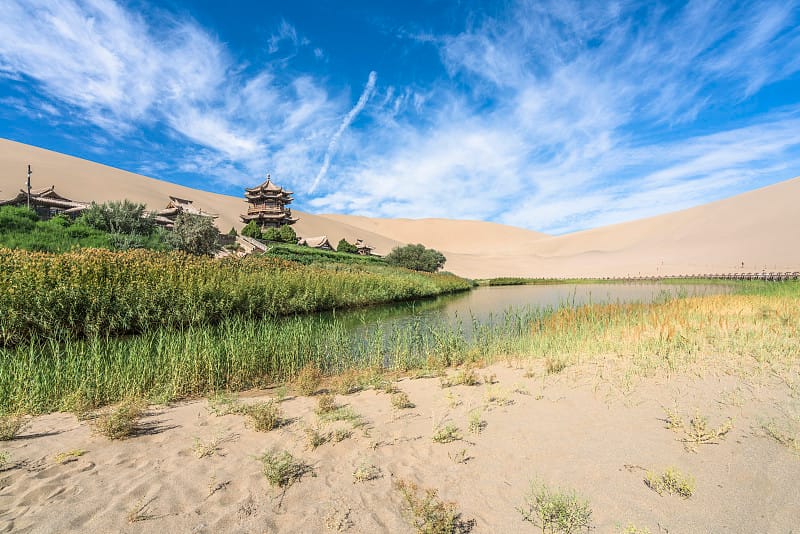
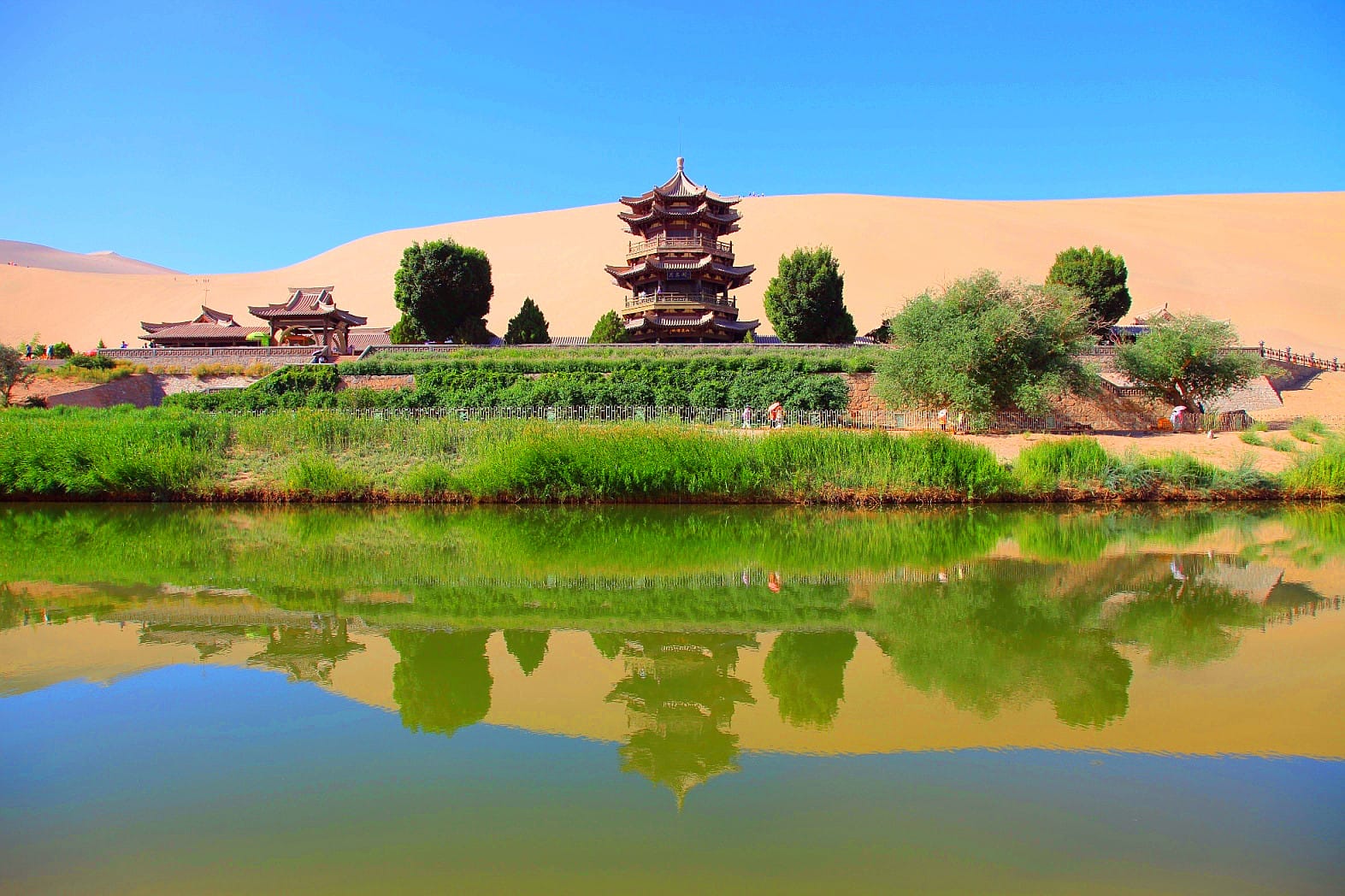
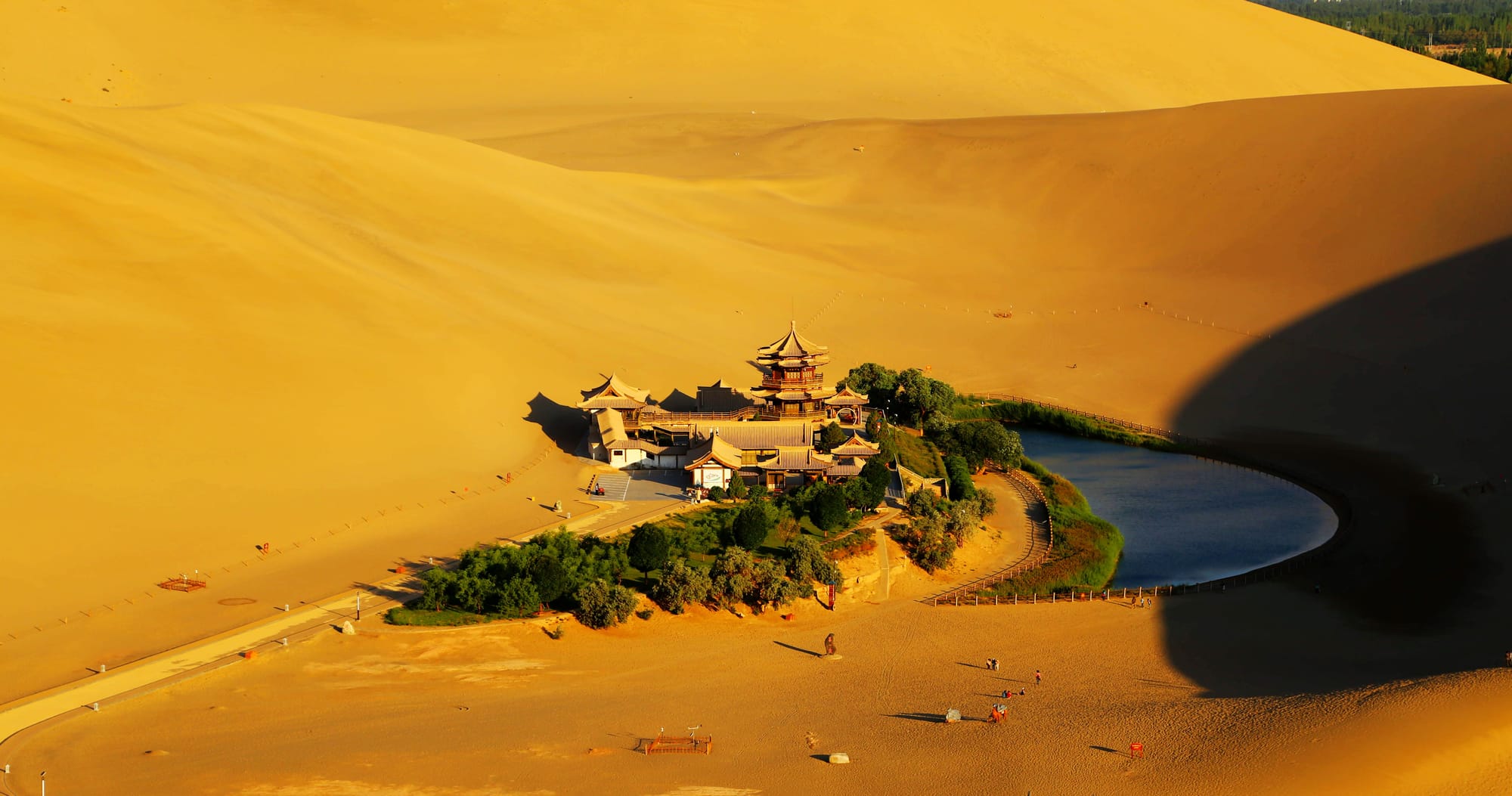
- Mingsha Mountain (鸣沙山): These towering sand dunes are famous for the singing sound they produce when the wind blows over them, creating a unique desert experience.
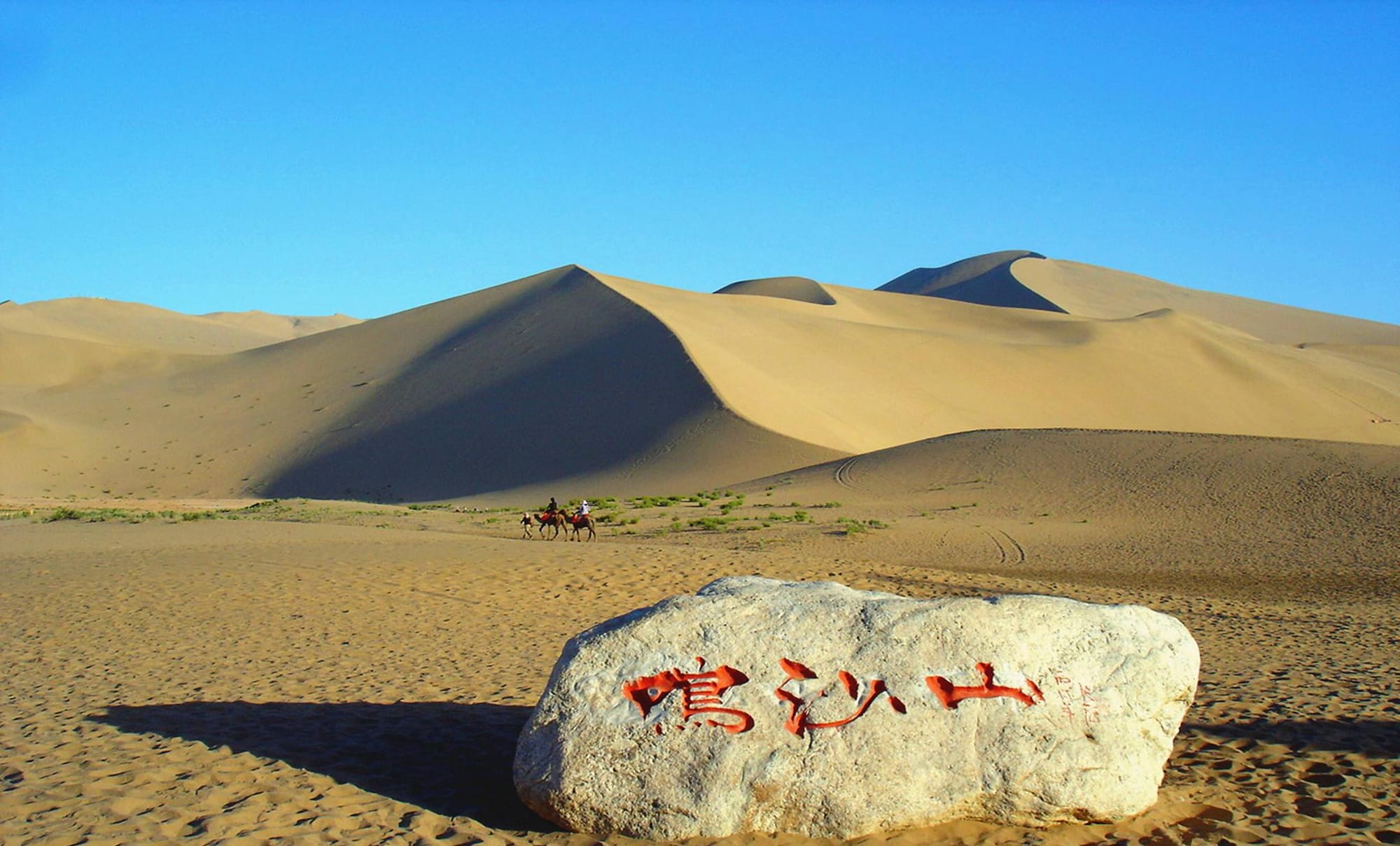
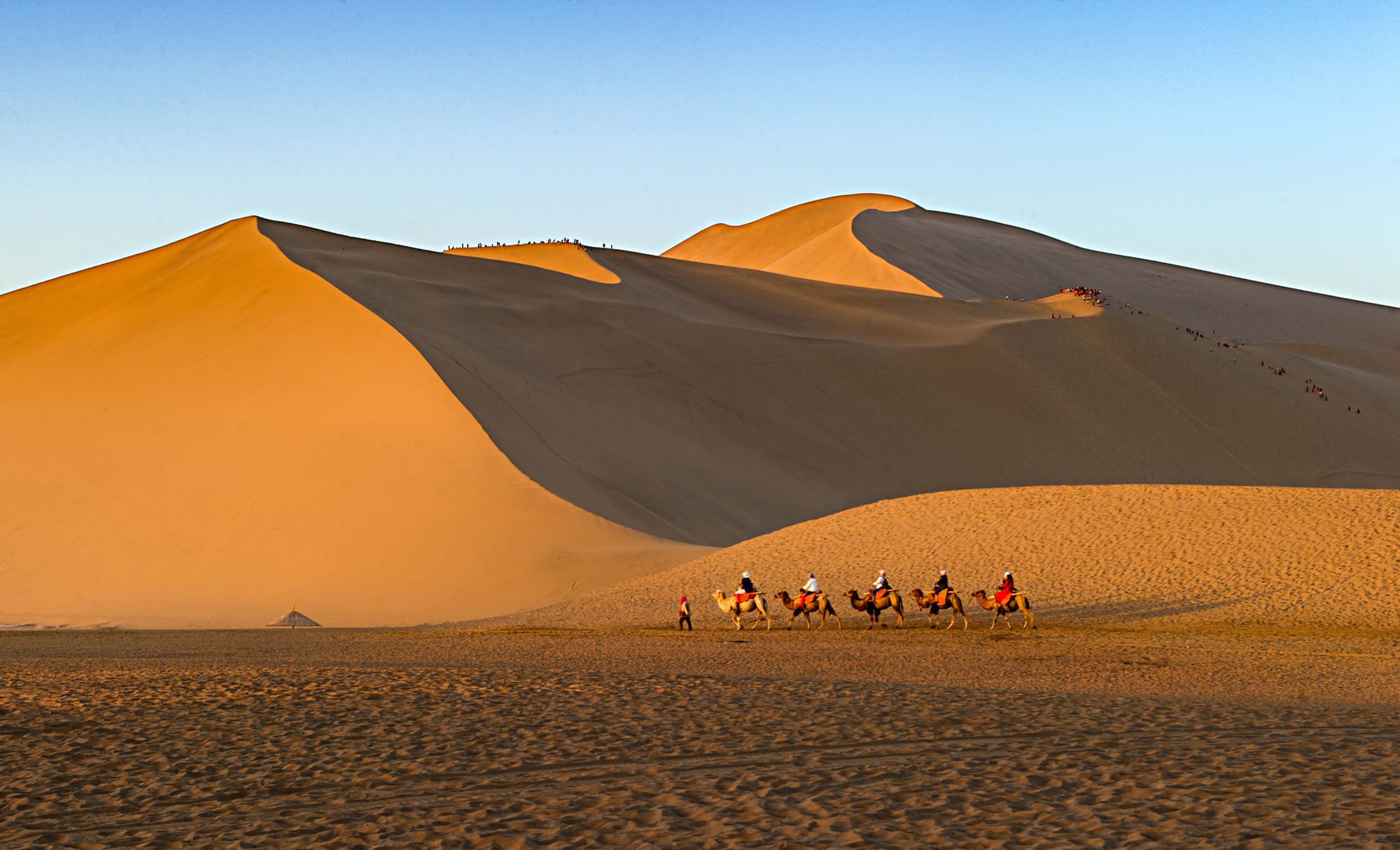
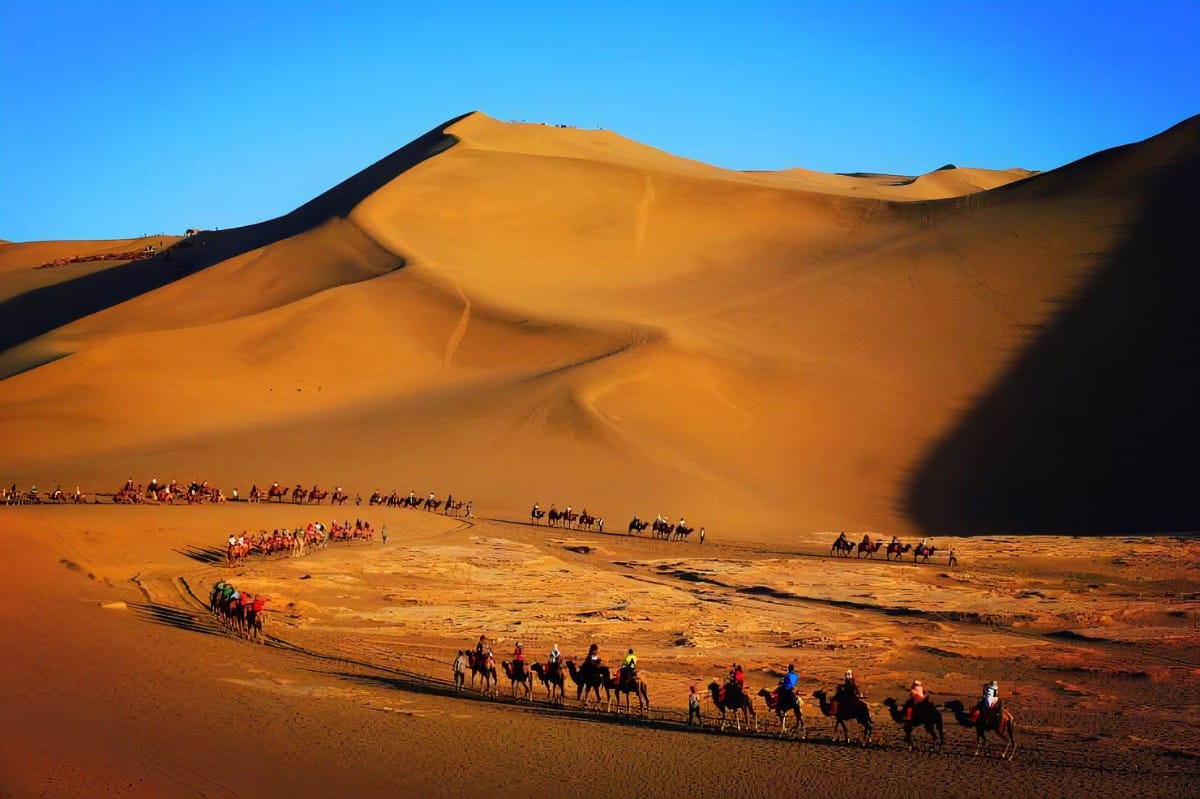
Food:
- Dunhuang Yellow Noodles (黄面): A local specialty made from wheat flour, these noodles are served with a variety of toppings, including lamb, vegetables, and spices.
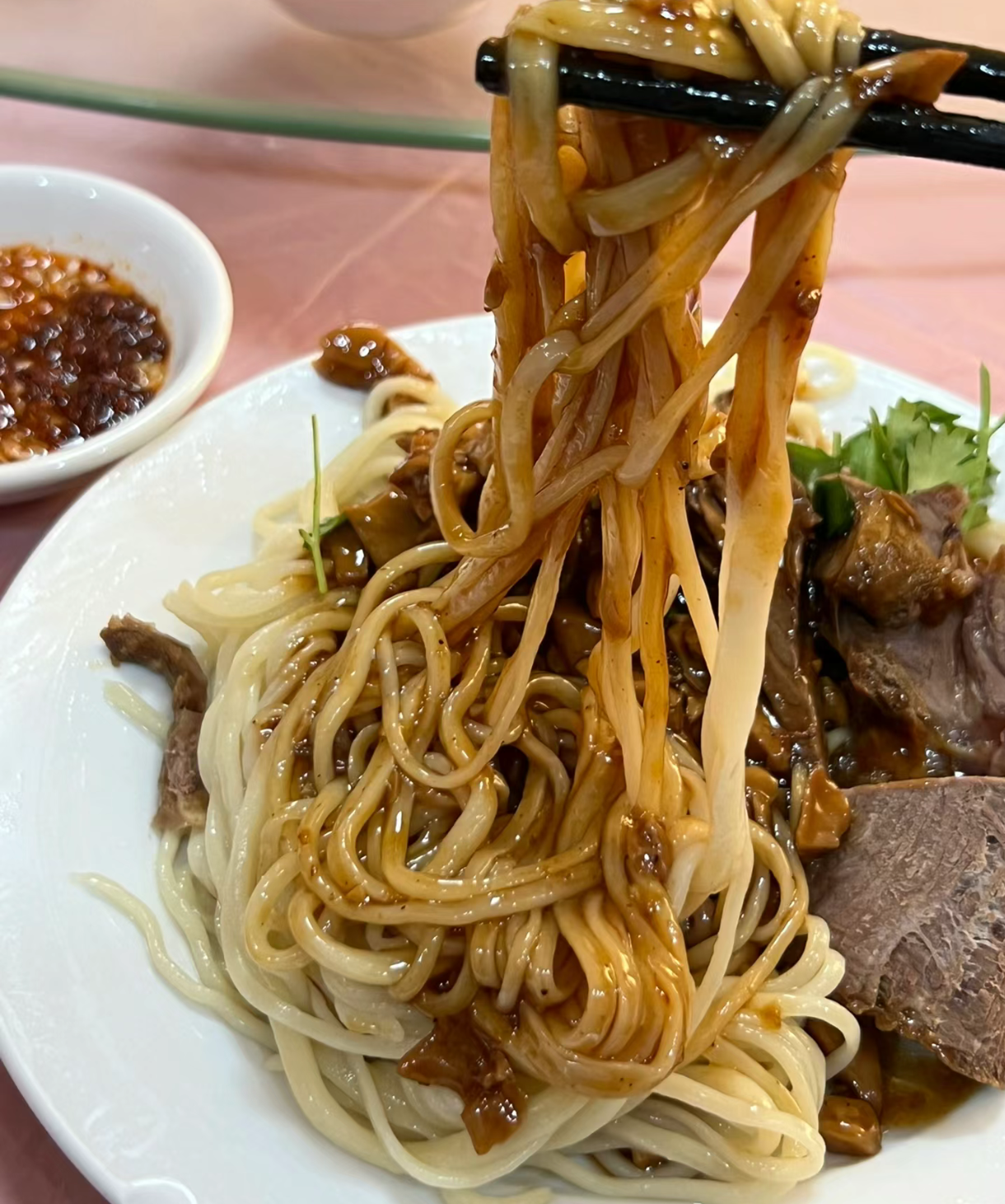
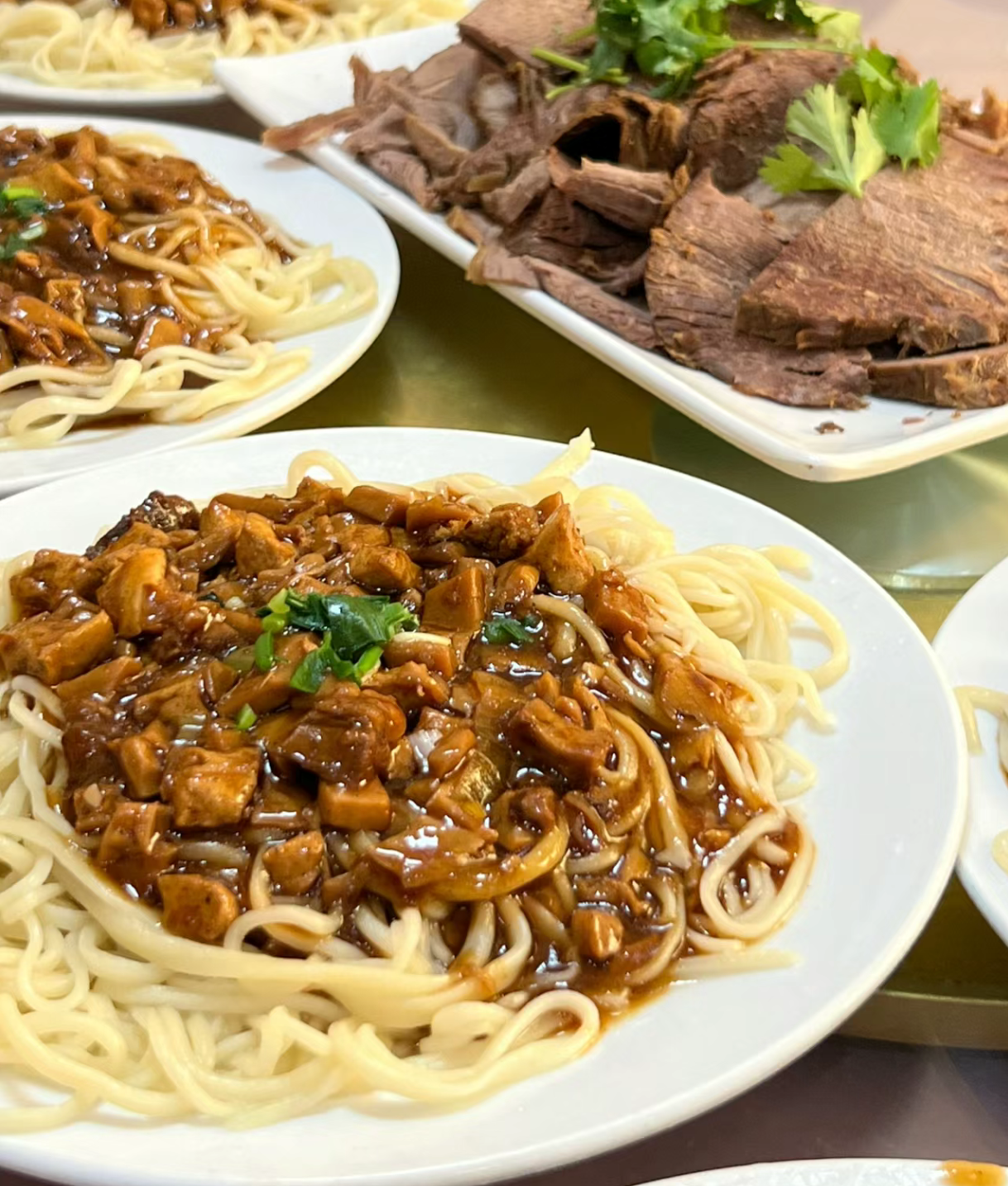
- Mutton Stew (羊肉炖): A hearty dish of slow-cooked mutton, flavored with local spices and served with flatbread, perfect for warming up after a day in the desert.
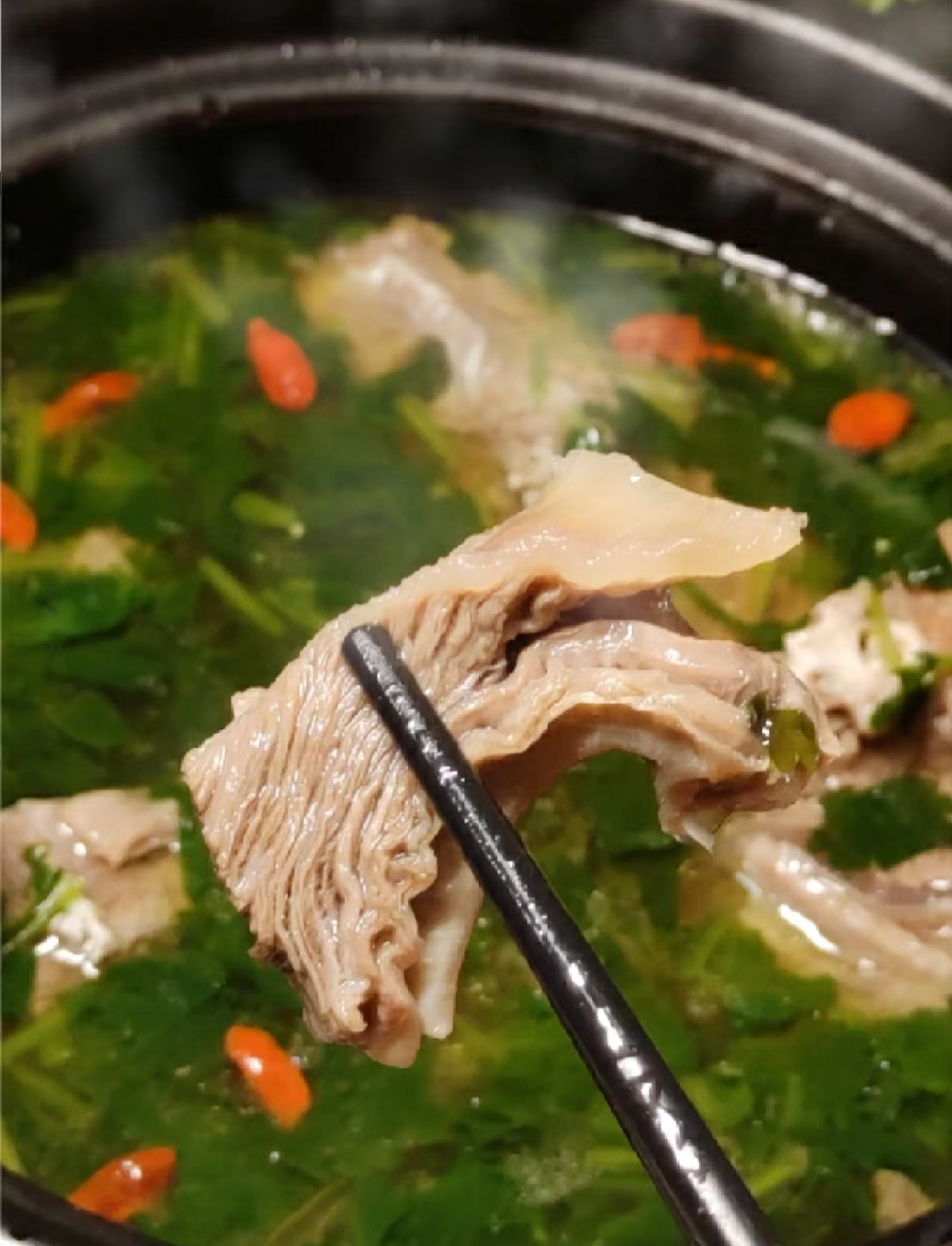
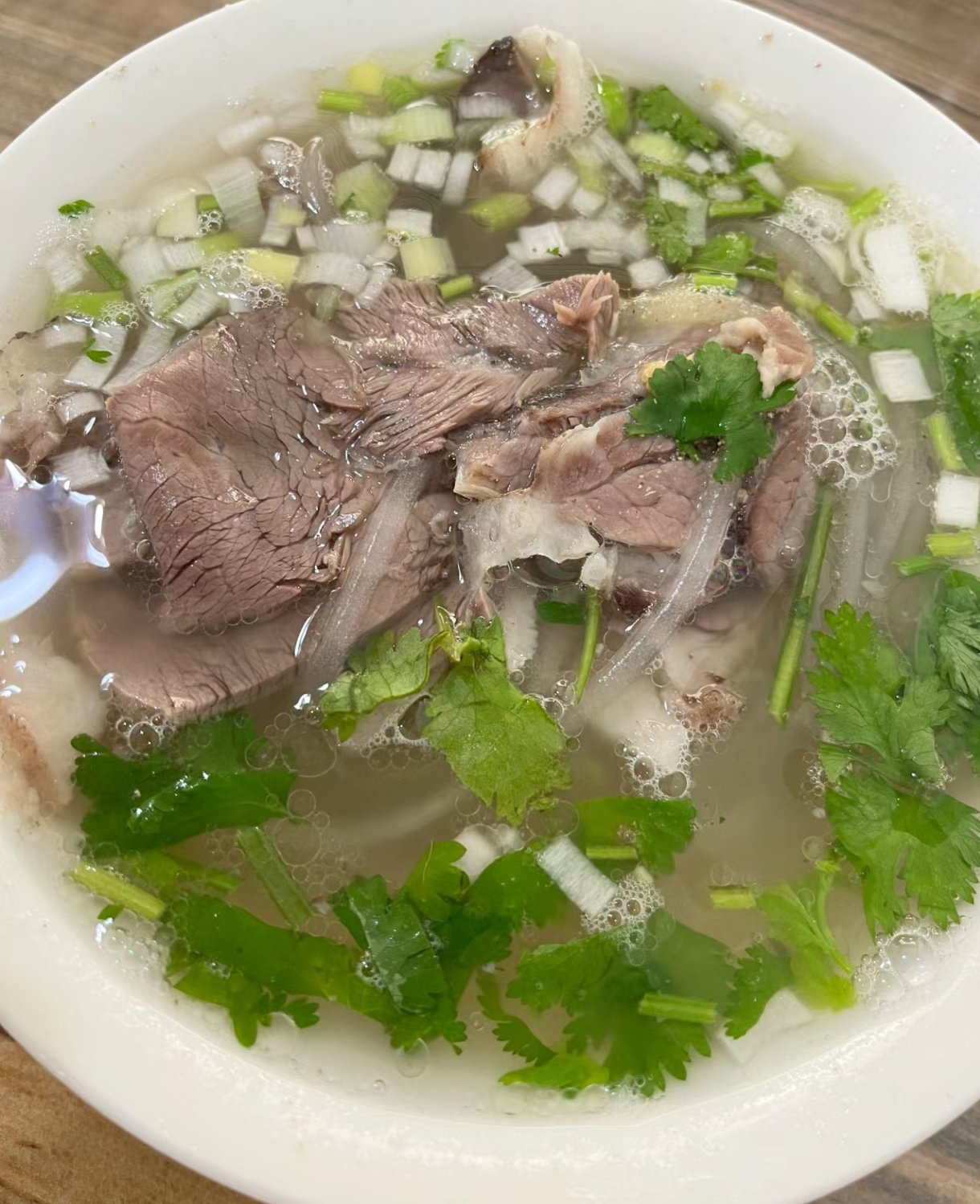
Turpan (吐鲁番): The Oasis in the Desert
Turpan, located in the Xinjiang region, is an oasis city known for its extreme climate and unique agricultural practices. The city is surrounded by vast vineyards and ancient ruins, with the Flaming Mountains providing a striking backdrop.

Tourist Attractions:
- Jiaohe Ancient City (交河故城): An ancient city carved from the desert rock, Jiaohe is one of the best-preserved ruins along the Silk Road and offers a glimpse into the region's history.
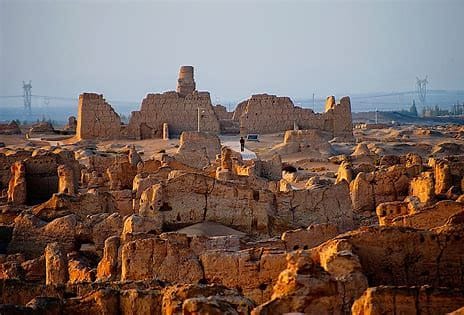
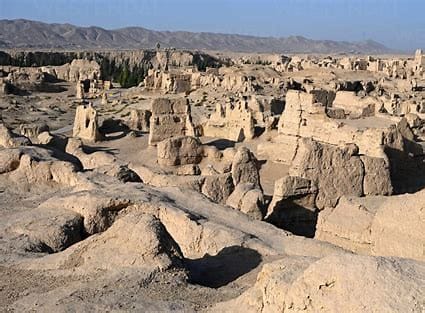
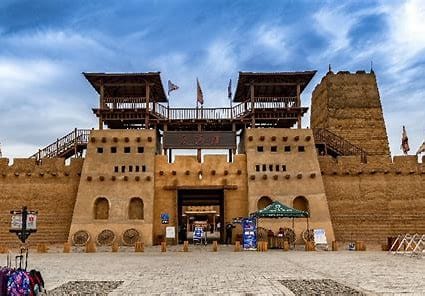
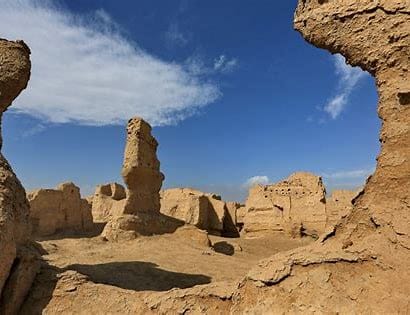
- Emin Minaret (苏公塔): The tallest minaret in China, this Islamic tower is a symbol of Turpan's rich cultural heritage and offers panoramic views of the surrounding area.
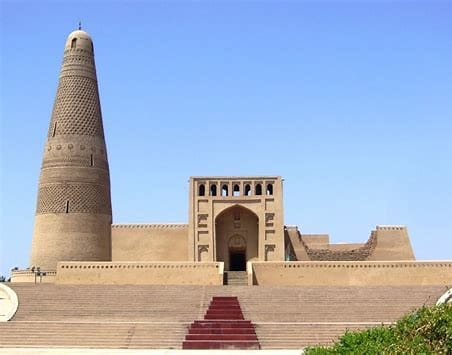
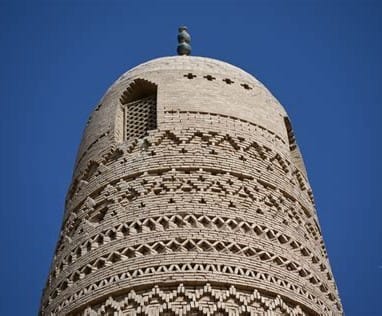
- Flaming Mountains (火焰山): Named for their fiery red appearance at sunset, these mountains are a dramatic and iconic sight in the Turpan Basin.
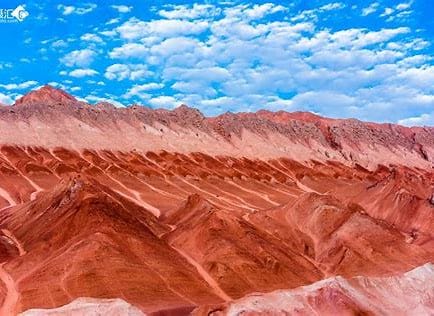

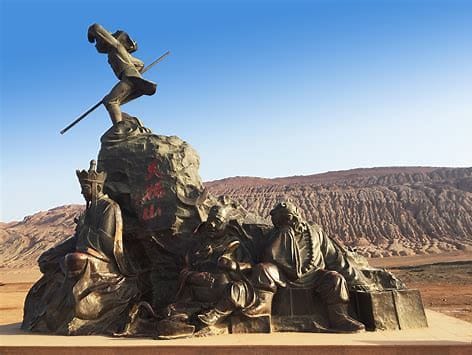
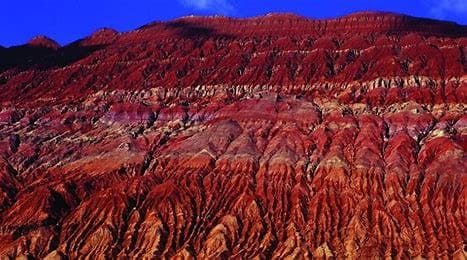
Food:
- Turpan Grapes (葡萄): Known as the "Land of Grapes," Turpan produces some of the best grapes in China, often dried into raisins or served fresh as a sweet treat.

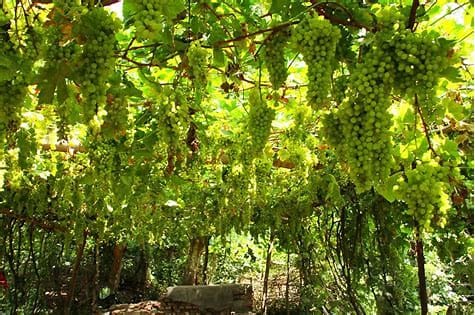
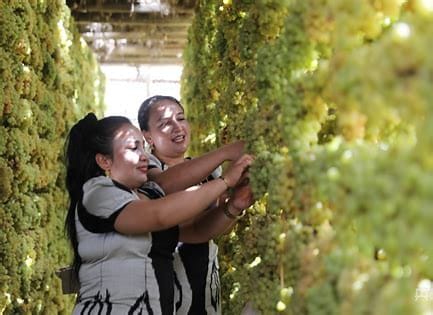
- Dapanji (大盘鸡): A hearty dish of chicken, potatoes, and peppers, cooked in a spicy sauce and served with hand-pulled noodles, reflecting the diverse culinary influences of the region.
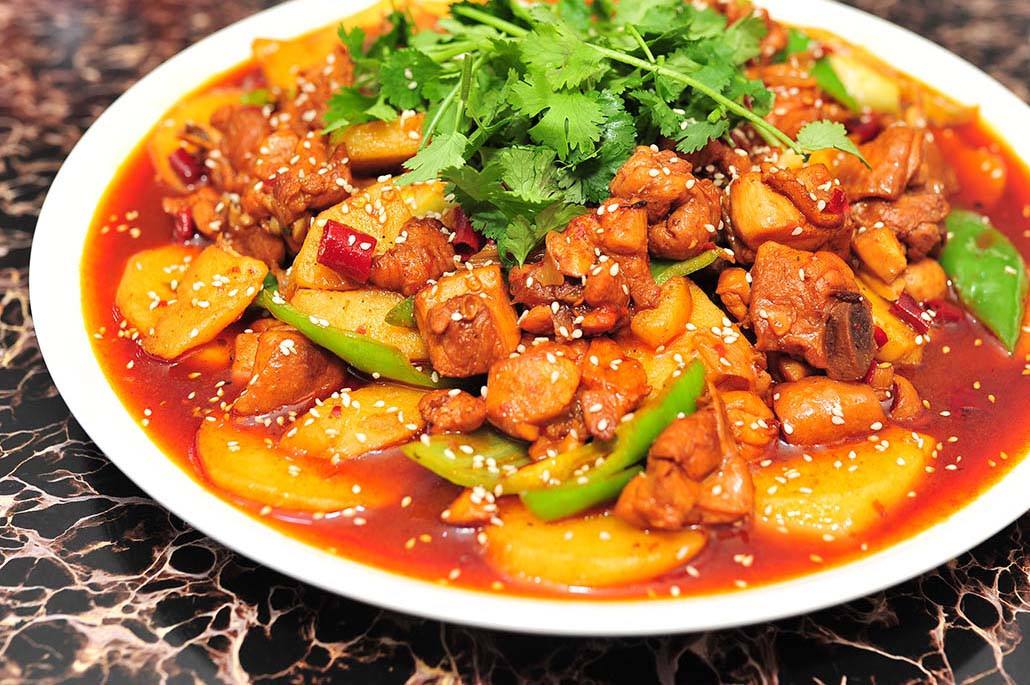
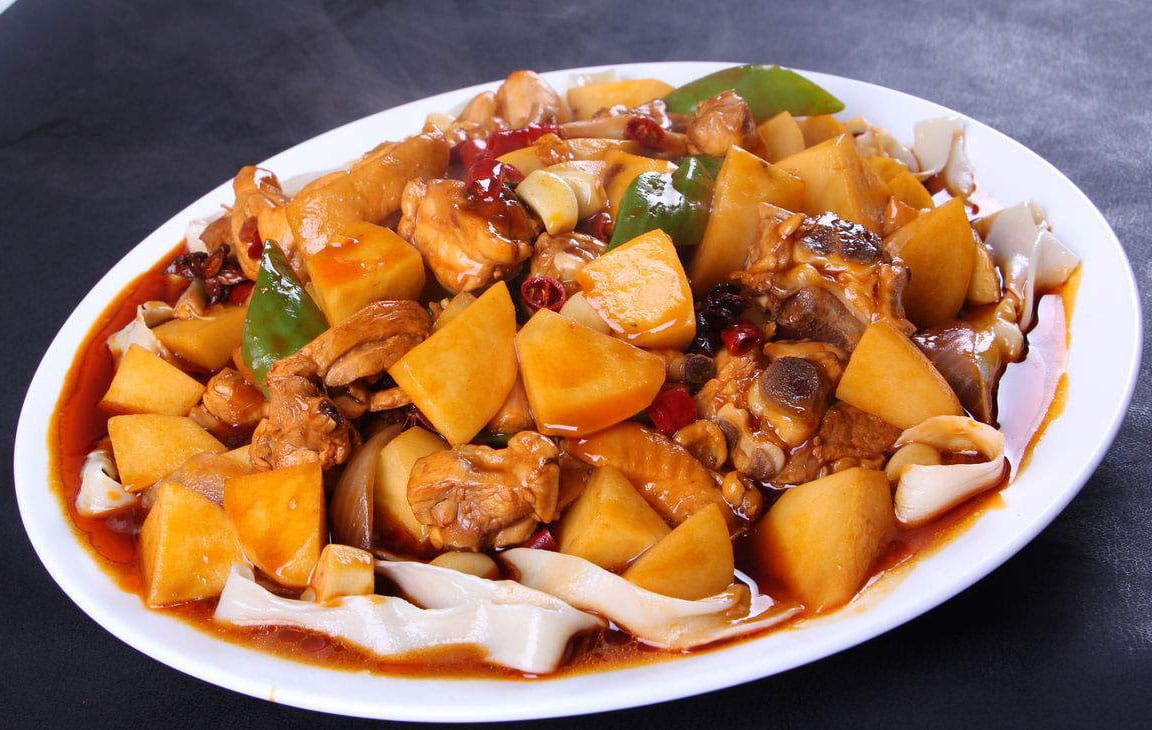
Kashgar (喀什): The Crossroads of Cultures
Kashgar, located in the far west of China, is a melting pot of cultures and a key trading post on the Silk Road. The city's vibrant bazaars, historic mosques, and diverse populations create a unique and lively atmosphere.
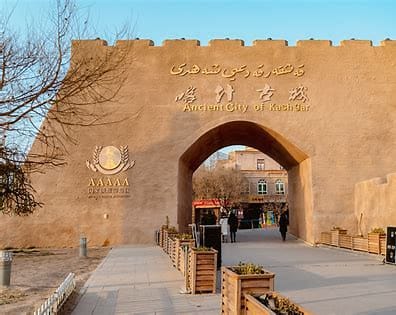
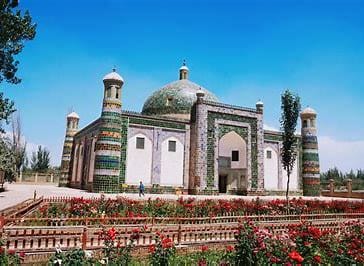
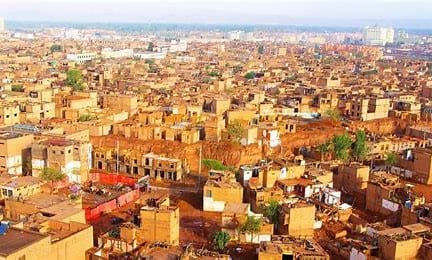
Tourist Attractions:
- Id Kah Mosque (艾提尕尔清真寺): The largest mosque in China, this historic site is the spiritual heart of Kashgar and a hub of Islamic culture in the region.
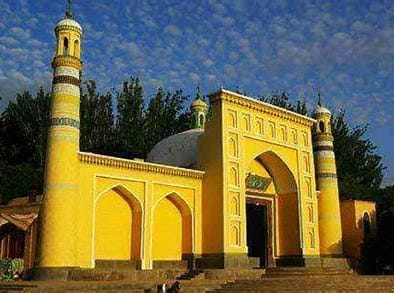
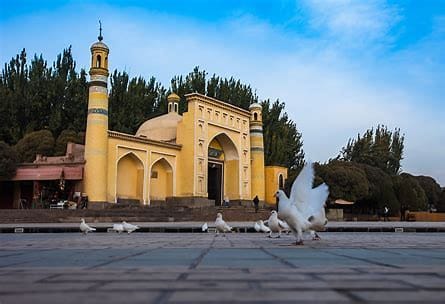
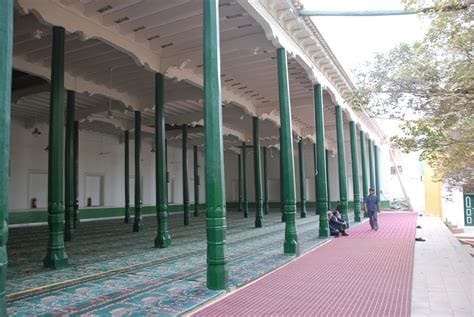
- Kashgar Old Town (喀什古城): Wander through the maze of narrow streets and traditional mud-brick houses in the ancient part of the city, where time seems to stand still.
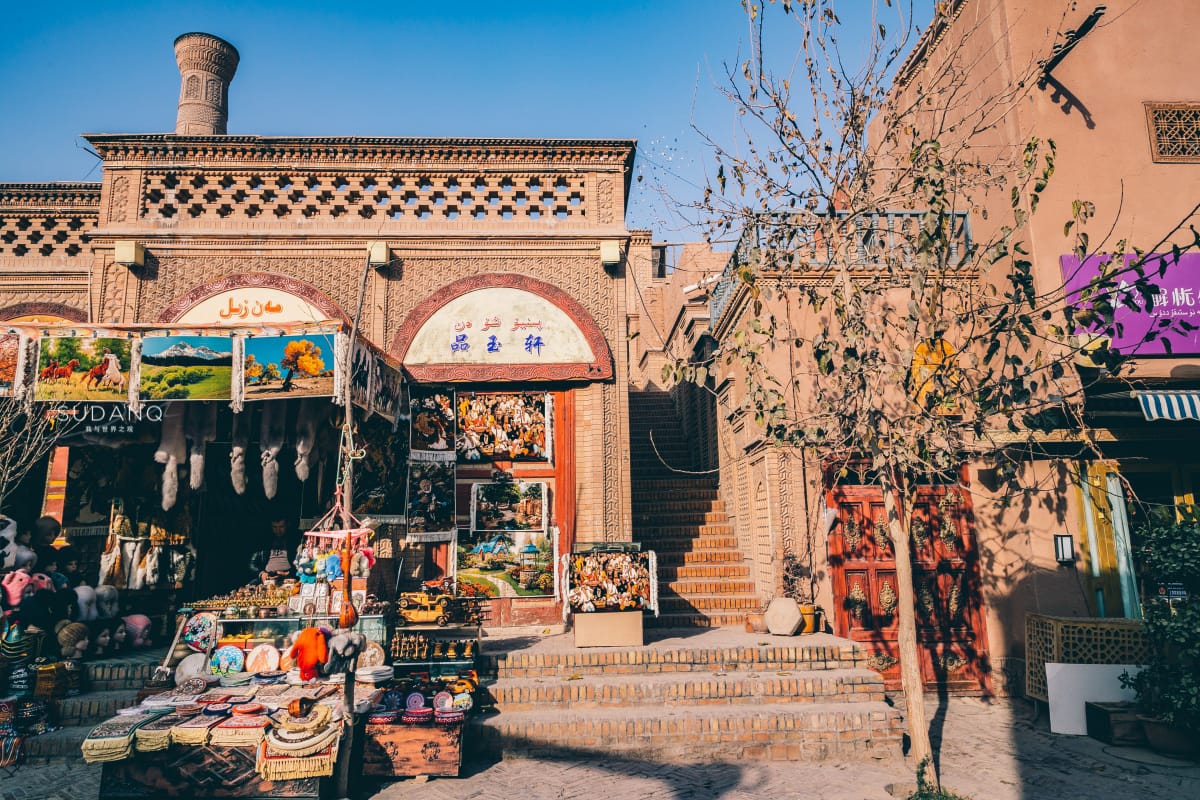
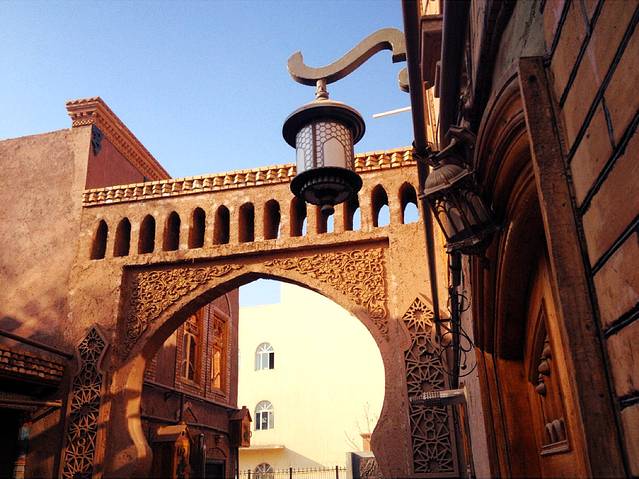
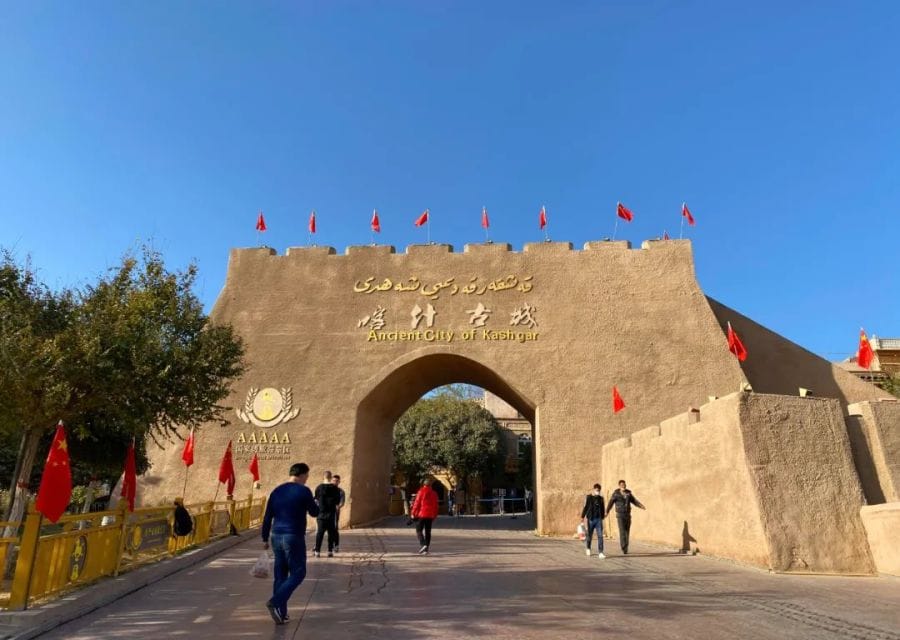
- Karakul Lake (卡拉库里湖): Located at the foot of the towering Pamir Mountains, this high-altitude lake offers breathtaking views and is a popular spot for trekking and photography.
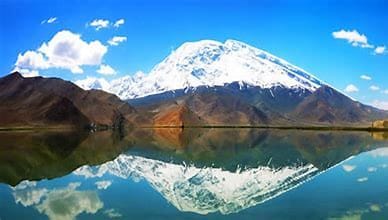

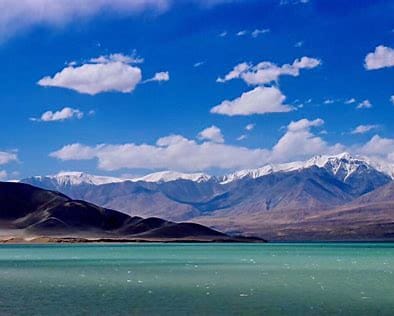
Food:
- Naan Bread (馕): A staple of Uyghur cuisine, this round, flat bread is baked in clay ovens and often topped with sesame seeds.

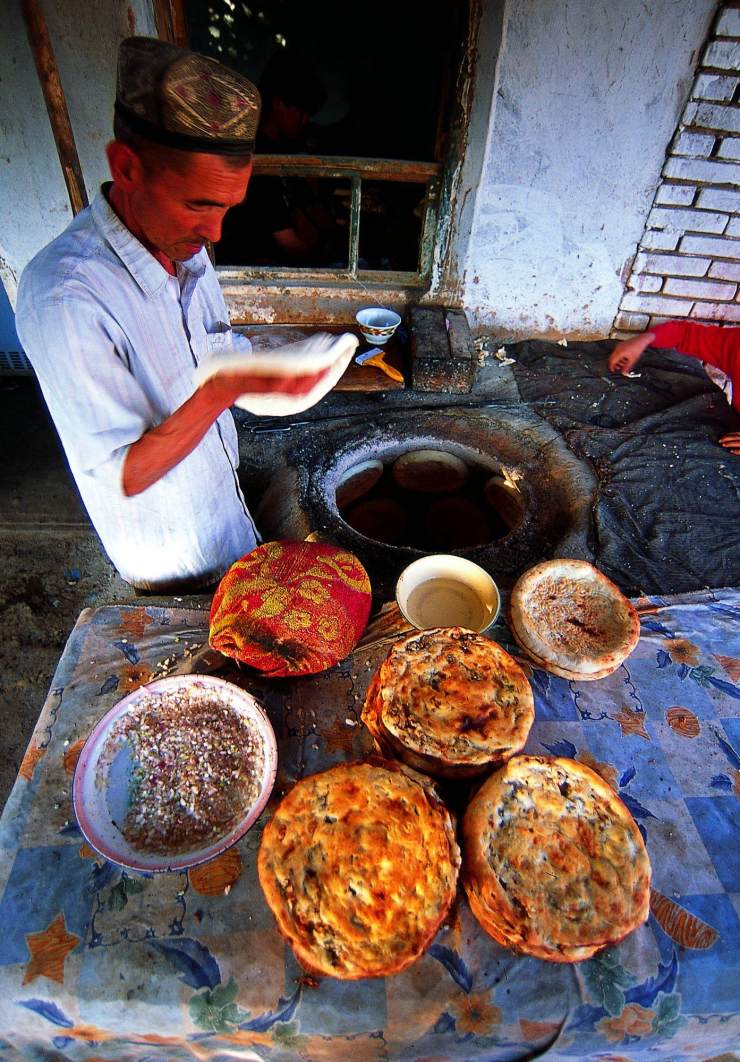

- Kebabs (烤肉): Grilled over open flames, these skewers of spiced meat are a favorite street food in Kashgar, offering a taste of the city's rich culinary heritage.
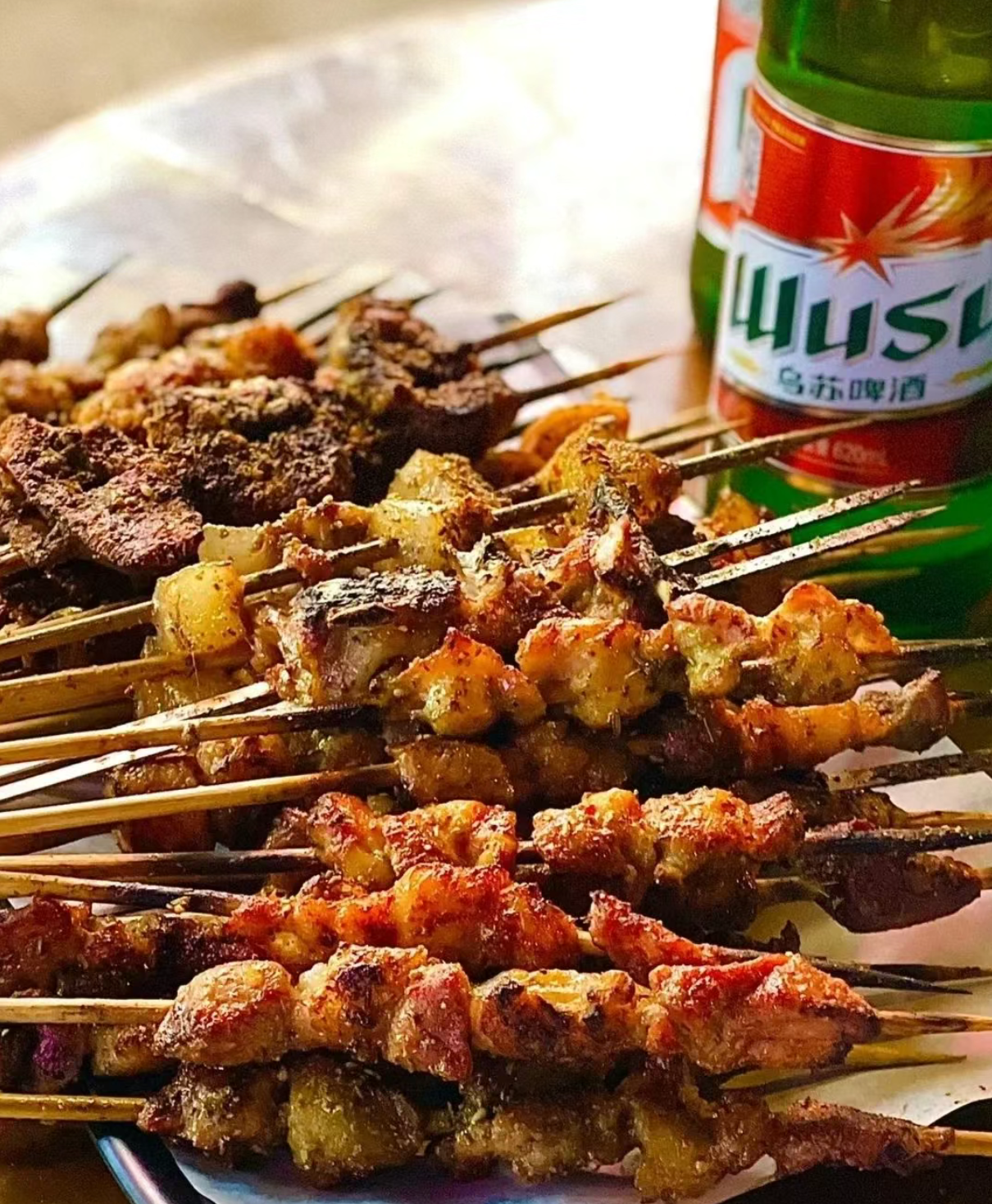
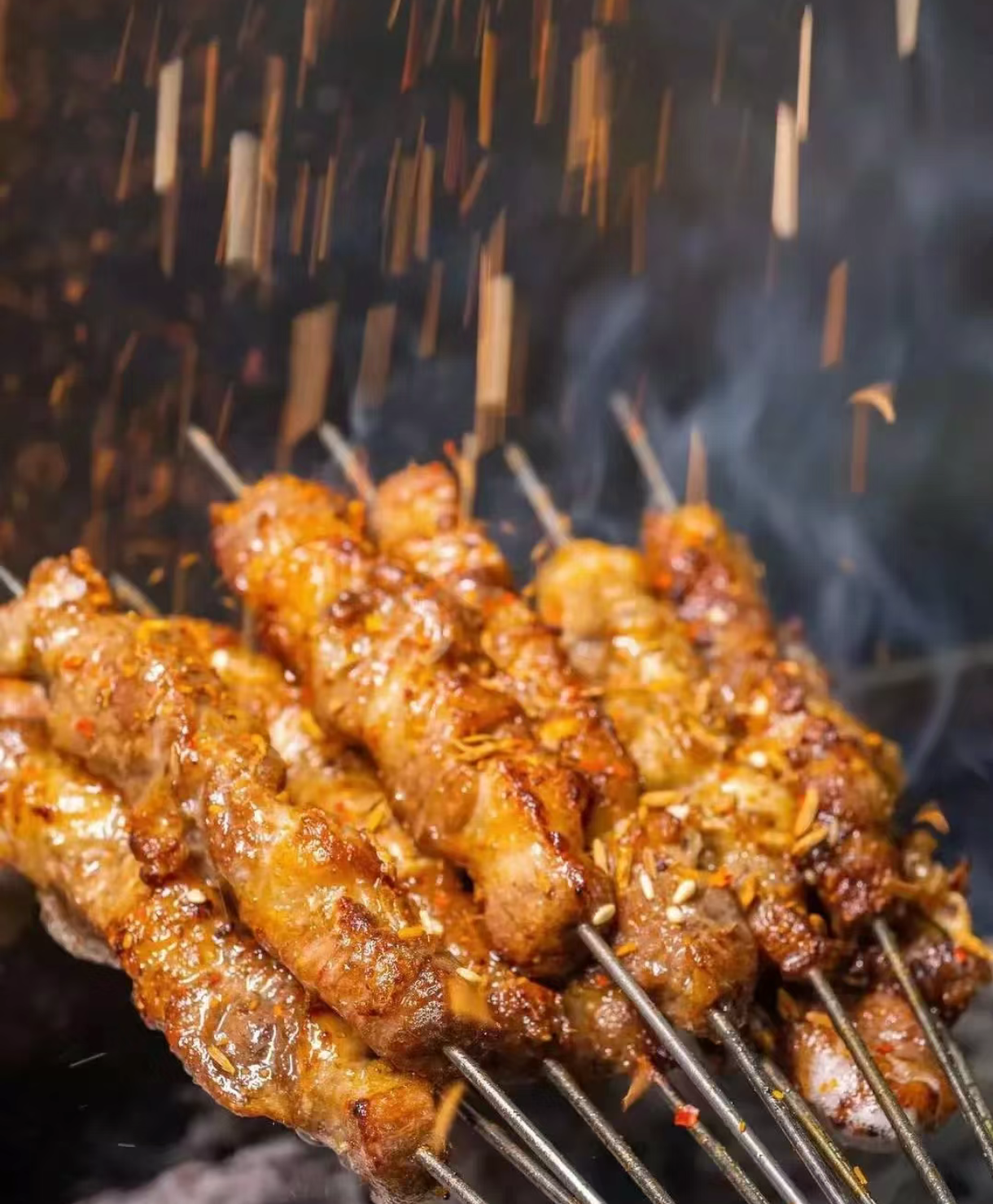
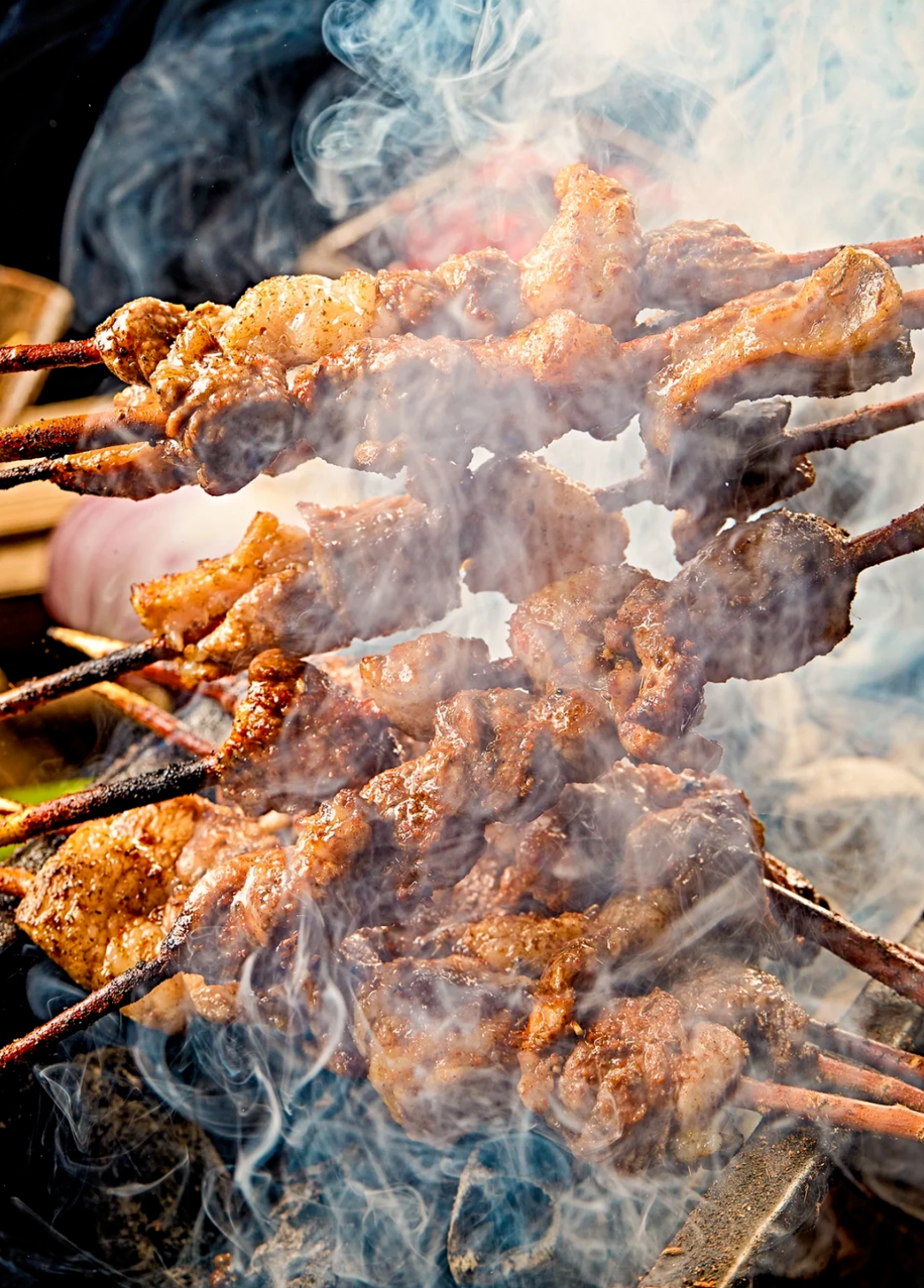
Traveling along the Silk Road in China is a journey through history, culture, and stunning landscapes. Each city along the route offers a unique glimpse into the past, from the ancient capital of Xi'an to the desert oases of Dunhuang and the cultural crossroads of Kashgar.
Whether you're exploring ancient ruins, savoring local delicacies, or simply taking in the breathtaking scenery, this journey is sure to leave you with lasting memories and a deeper understanding of China's rich heritage.



